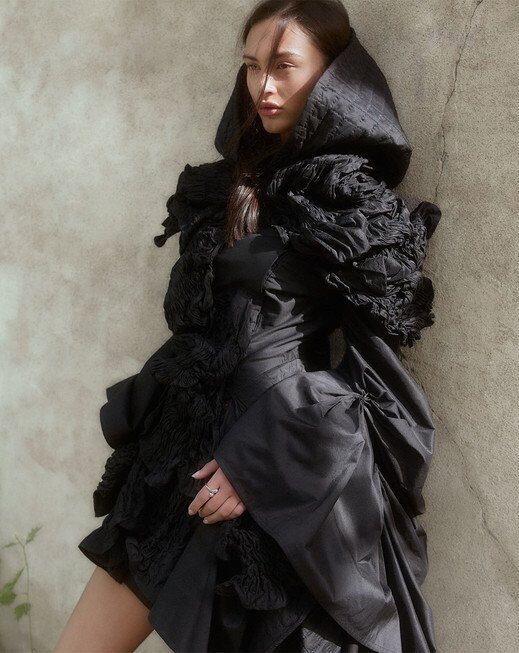
Benjamine Cadette – An Interview With the Designer

Watching You Without Me
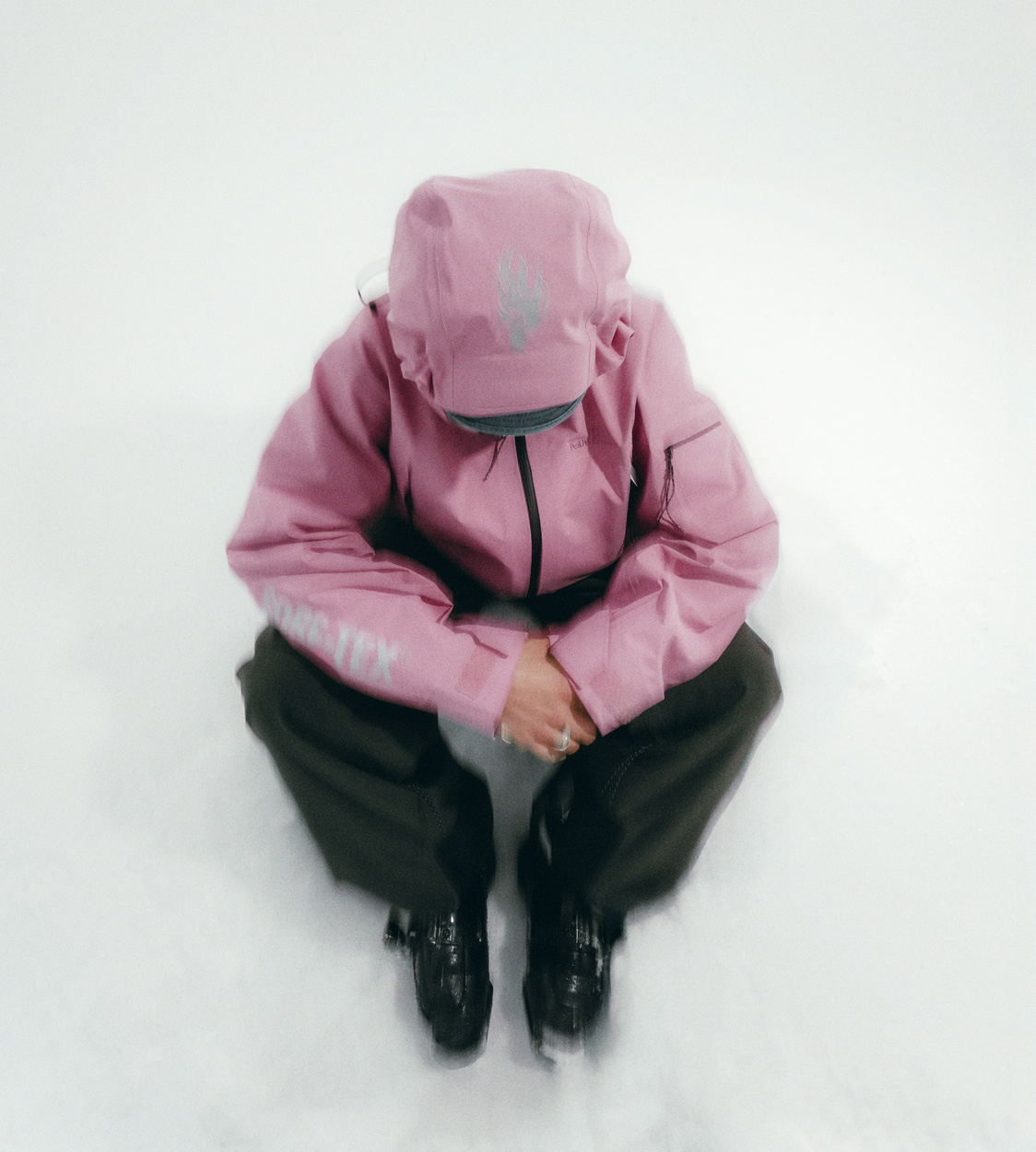
Max Palm x Peak Performance: Where Freeride Meets Design
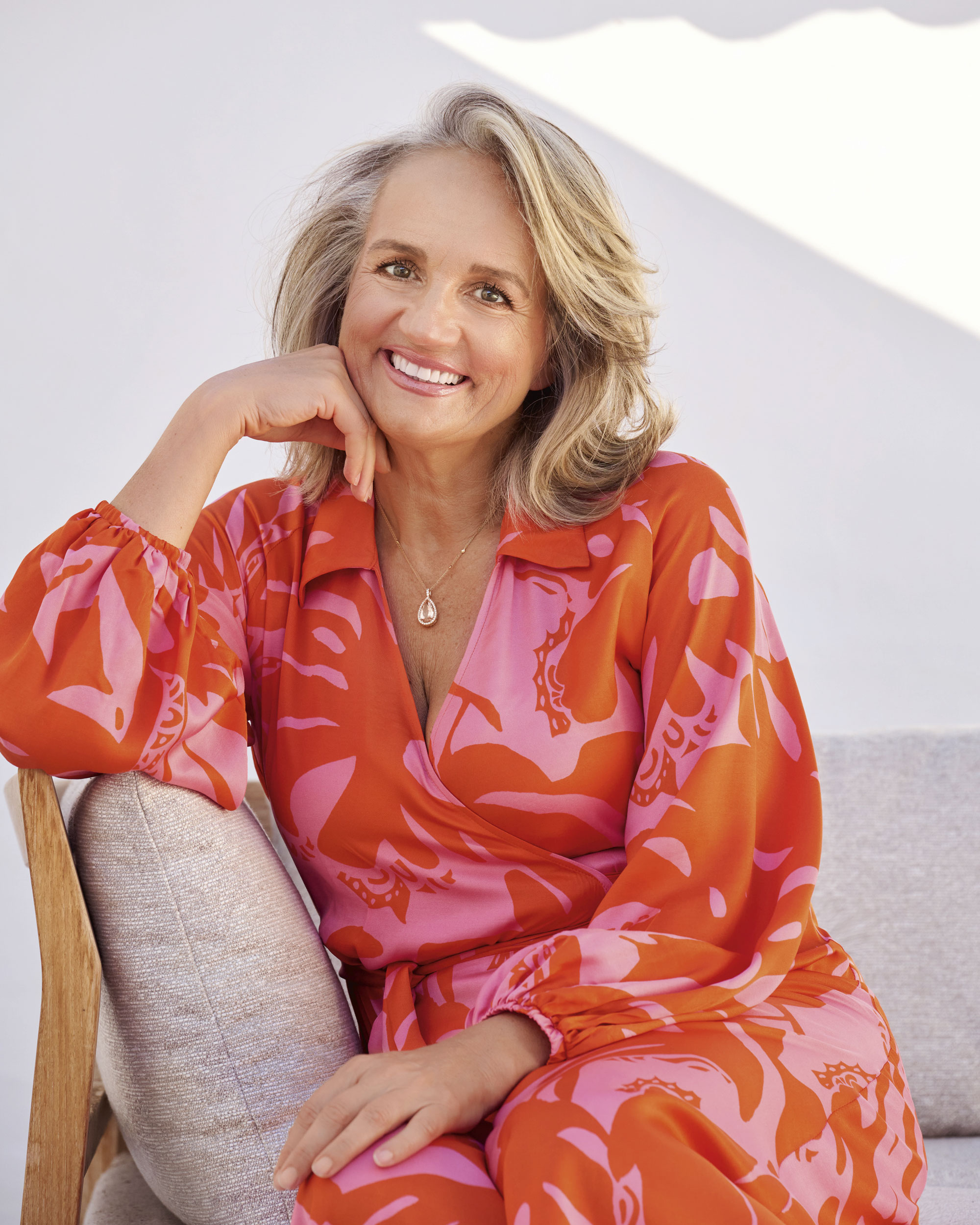
Bringing the Catwalk to the Slopes, an Interview with Sportalm Creative Director Ulli Ehrlich
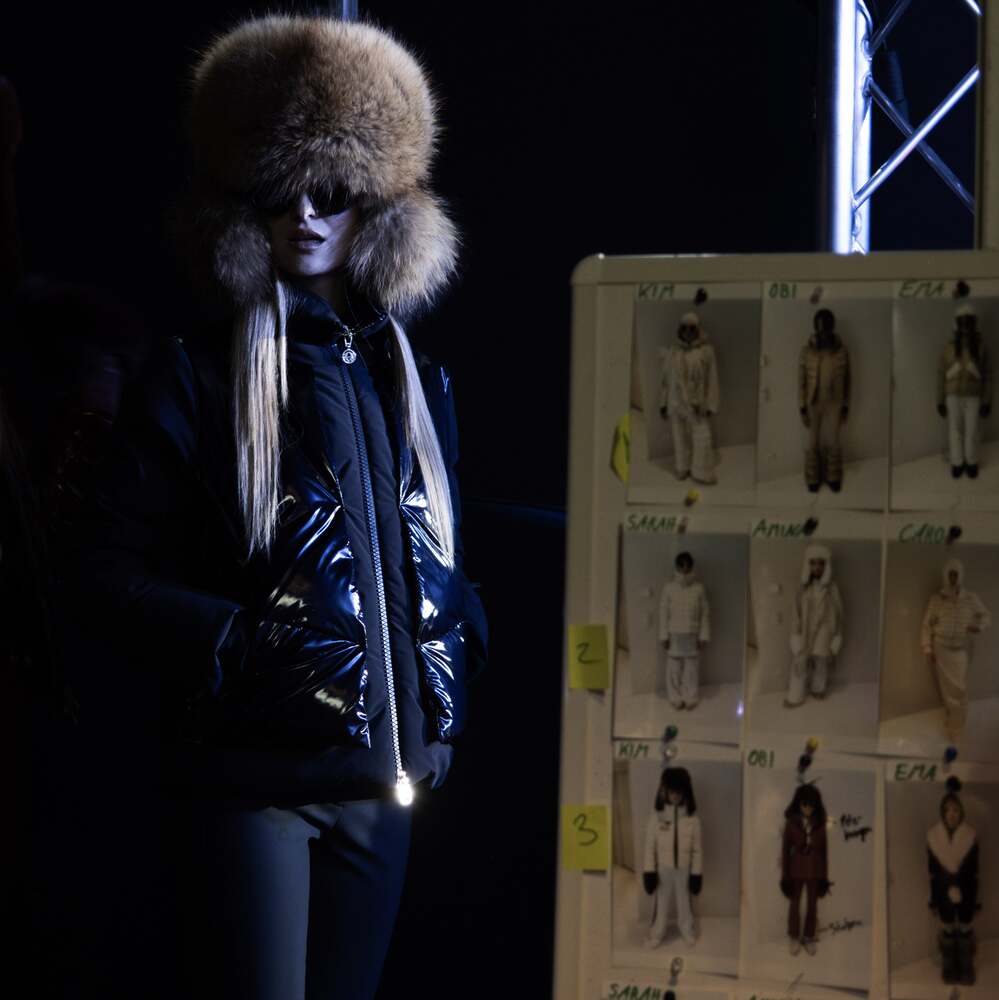
Sportalm Ski Fashion Show – Backstage

SOMEWHERE IN BETWEEN
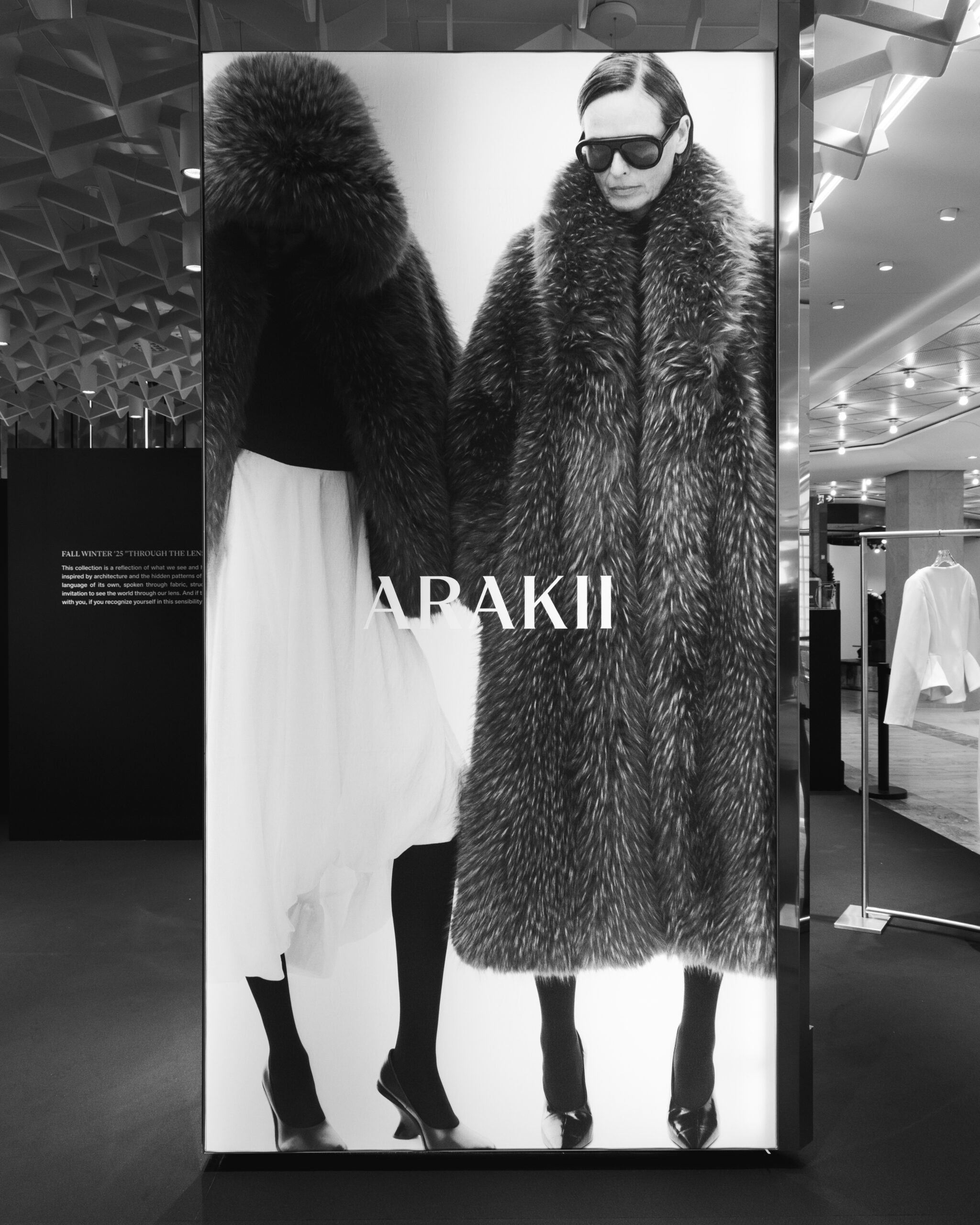
ARAKII Opens at Nordiska Kompaniet This December

Métiers D’Art 2026 Show in New York
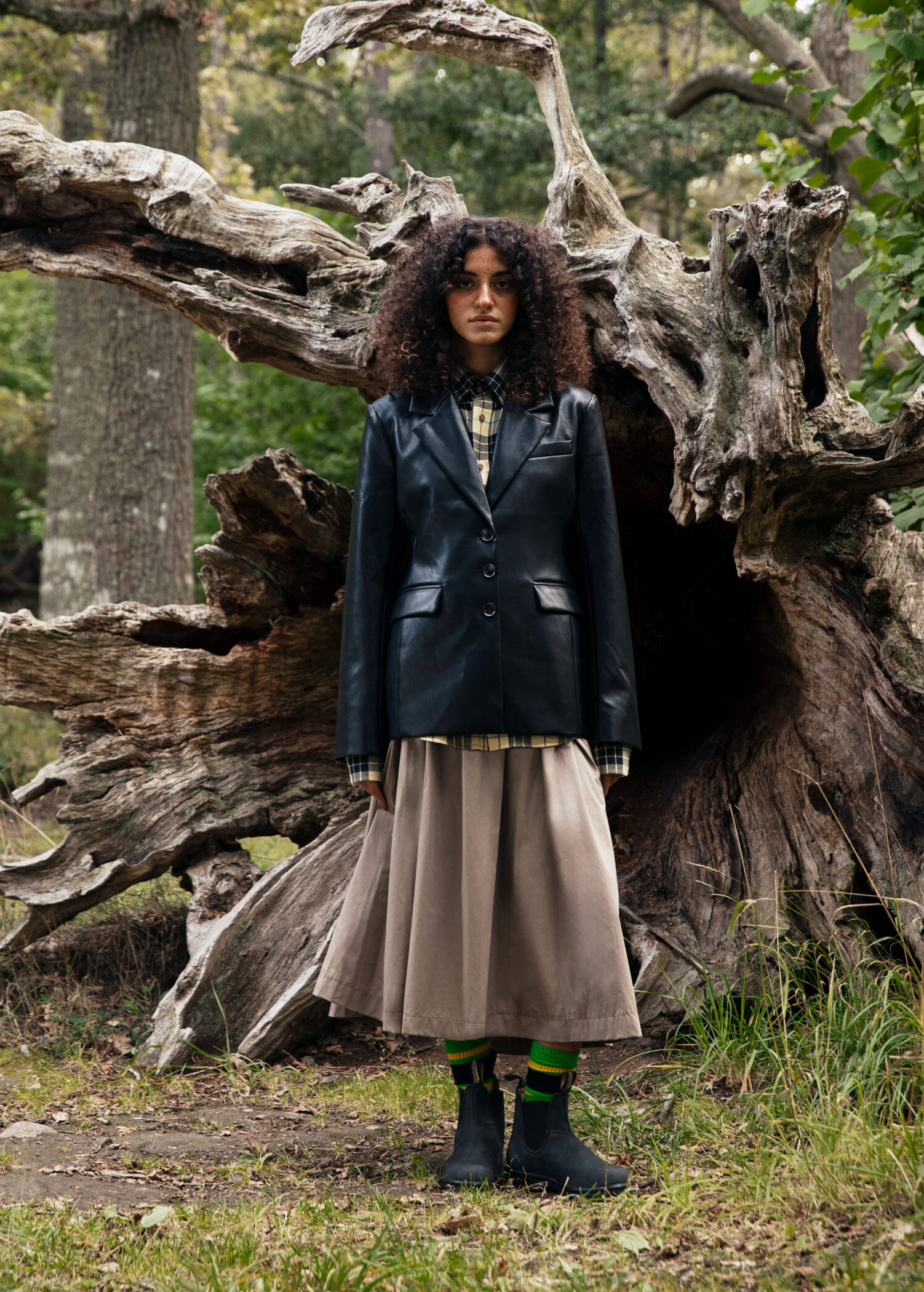
CLOUDBUSTING – ODALISQUE X BLUNDSTONE
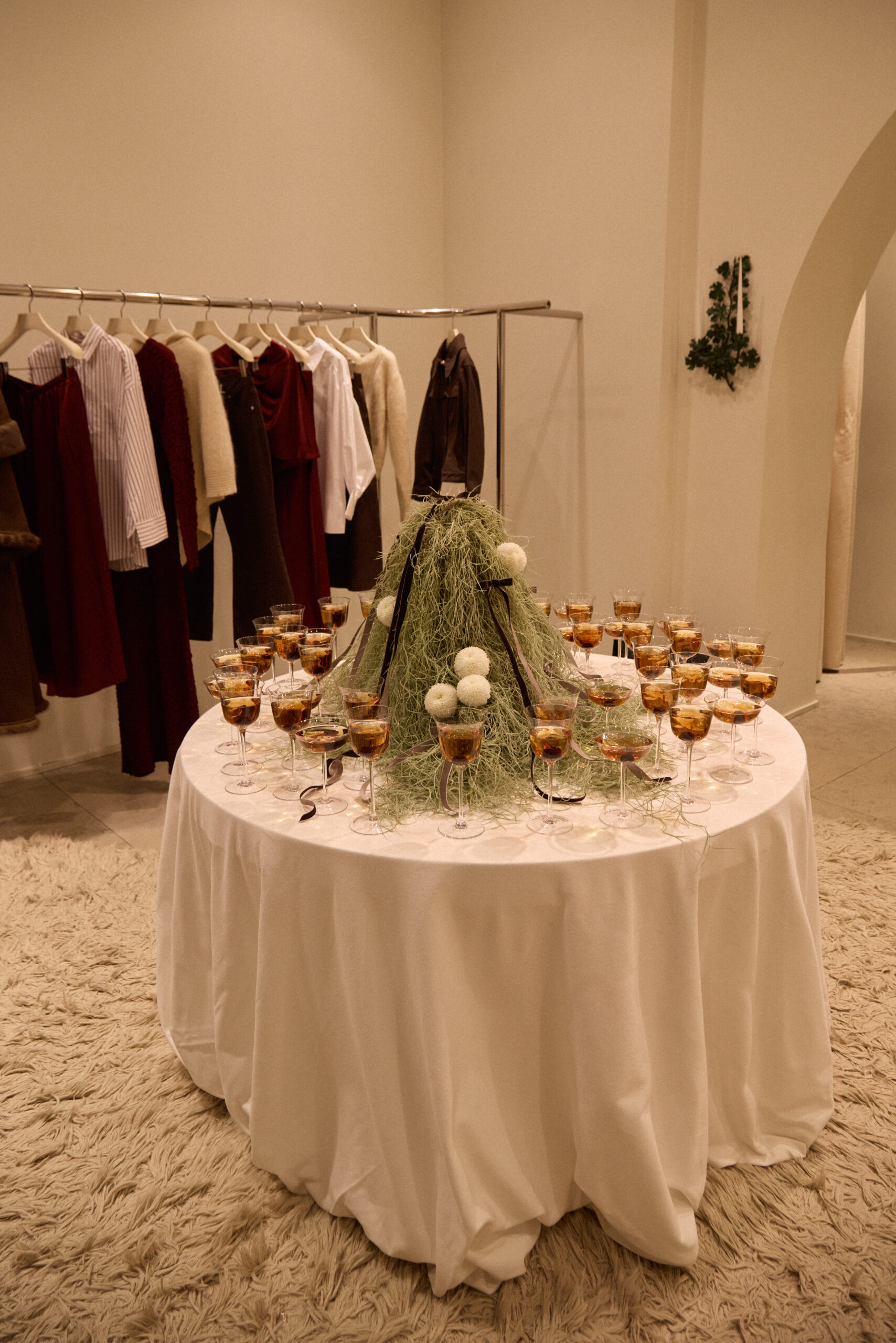
A look inside By Malene Birger’s Holiday Event in Stockholm
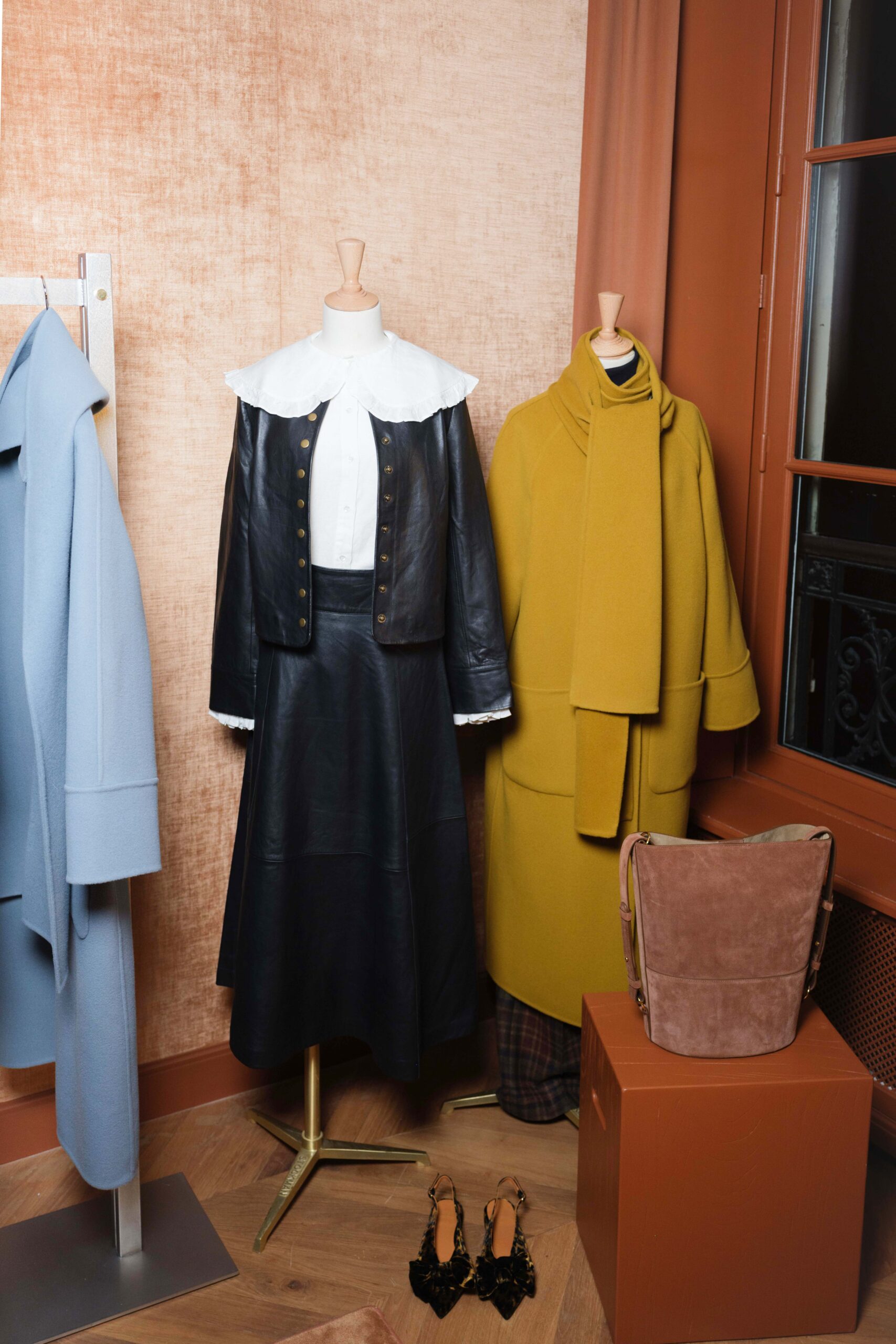
SÉZANE – A Love Letter from Paris
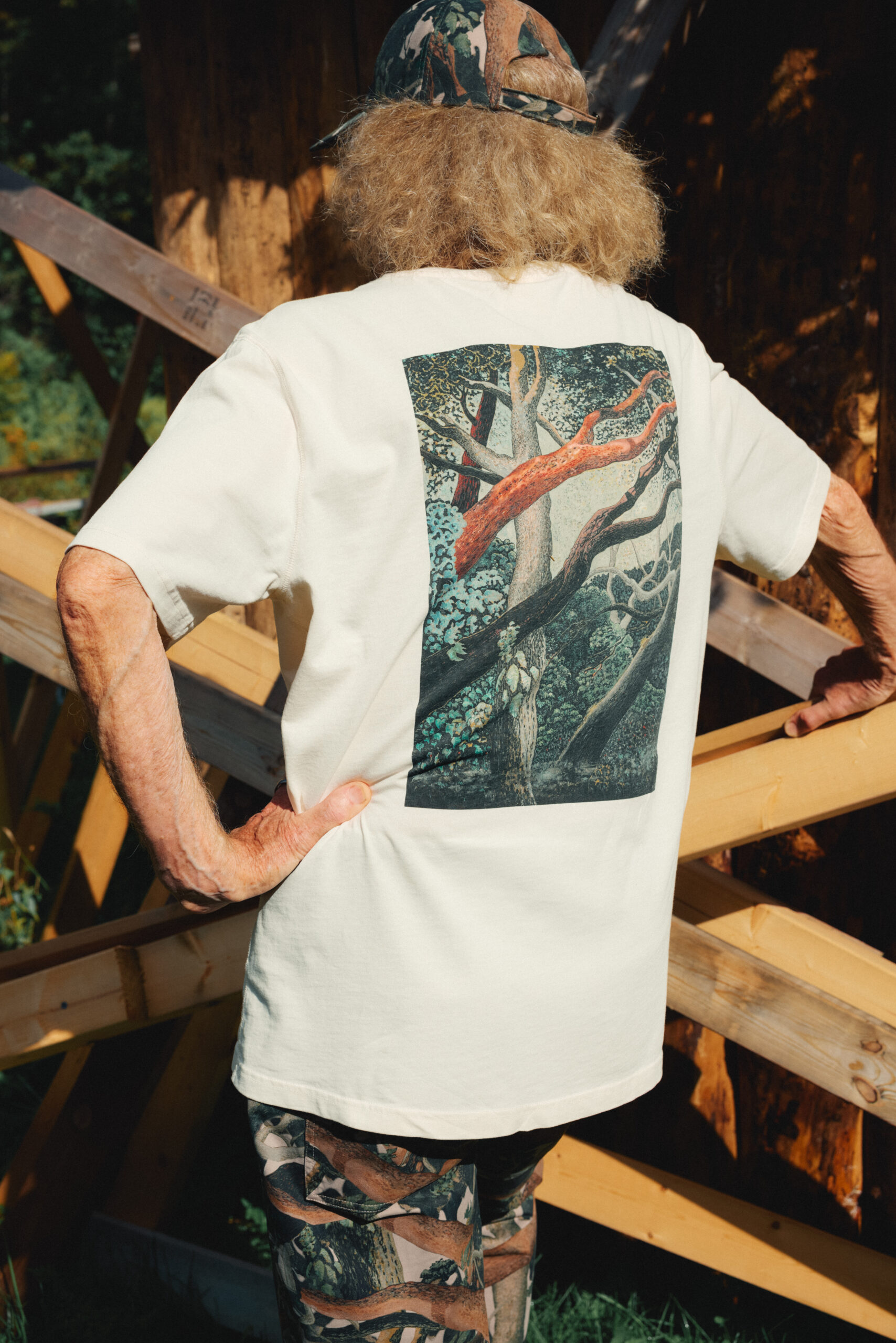
All The Love – An Interview With Stefan Pagréus

FOLD-OUT: Tracing Nordic Fashion Magazines
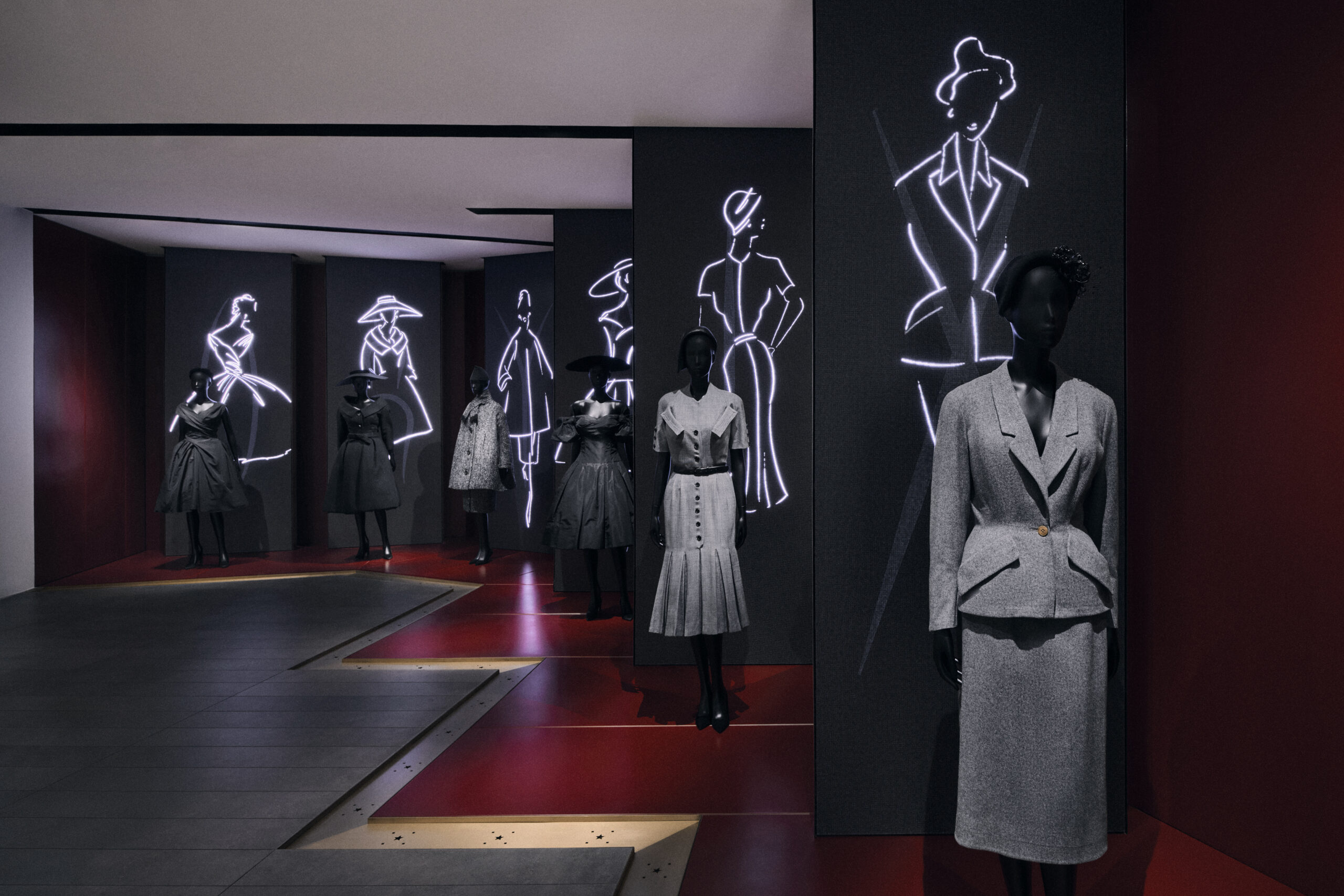
A Dialogue in Couture: Inside the Dual Tribute to Azzedine Alaïa and Christian Dior
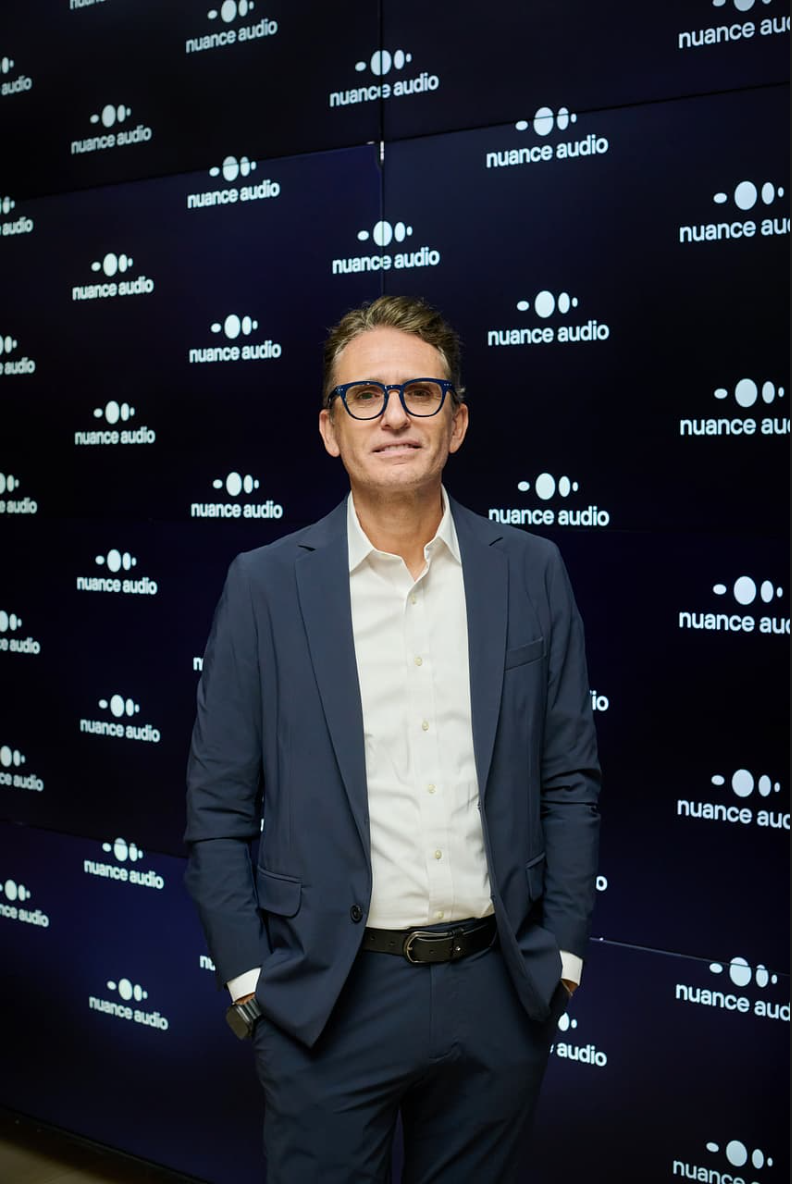
Stefano Genco on Nuance Audio and the Future of Smart Hearing Technology
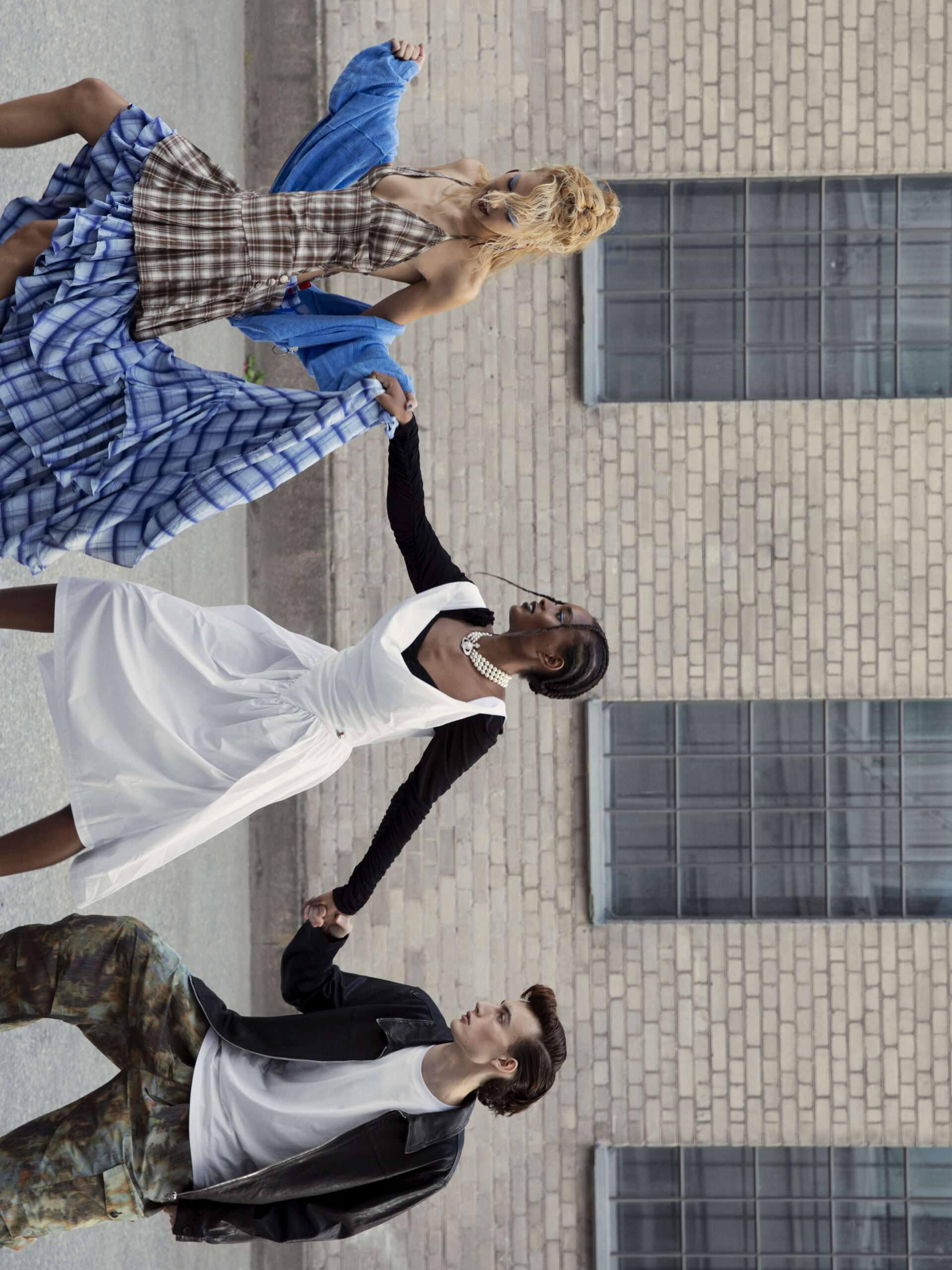
IN SEARCH OF PETER PAN – ODALISQUE X ZALANDO
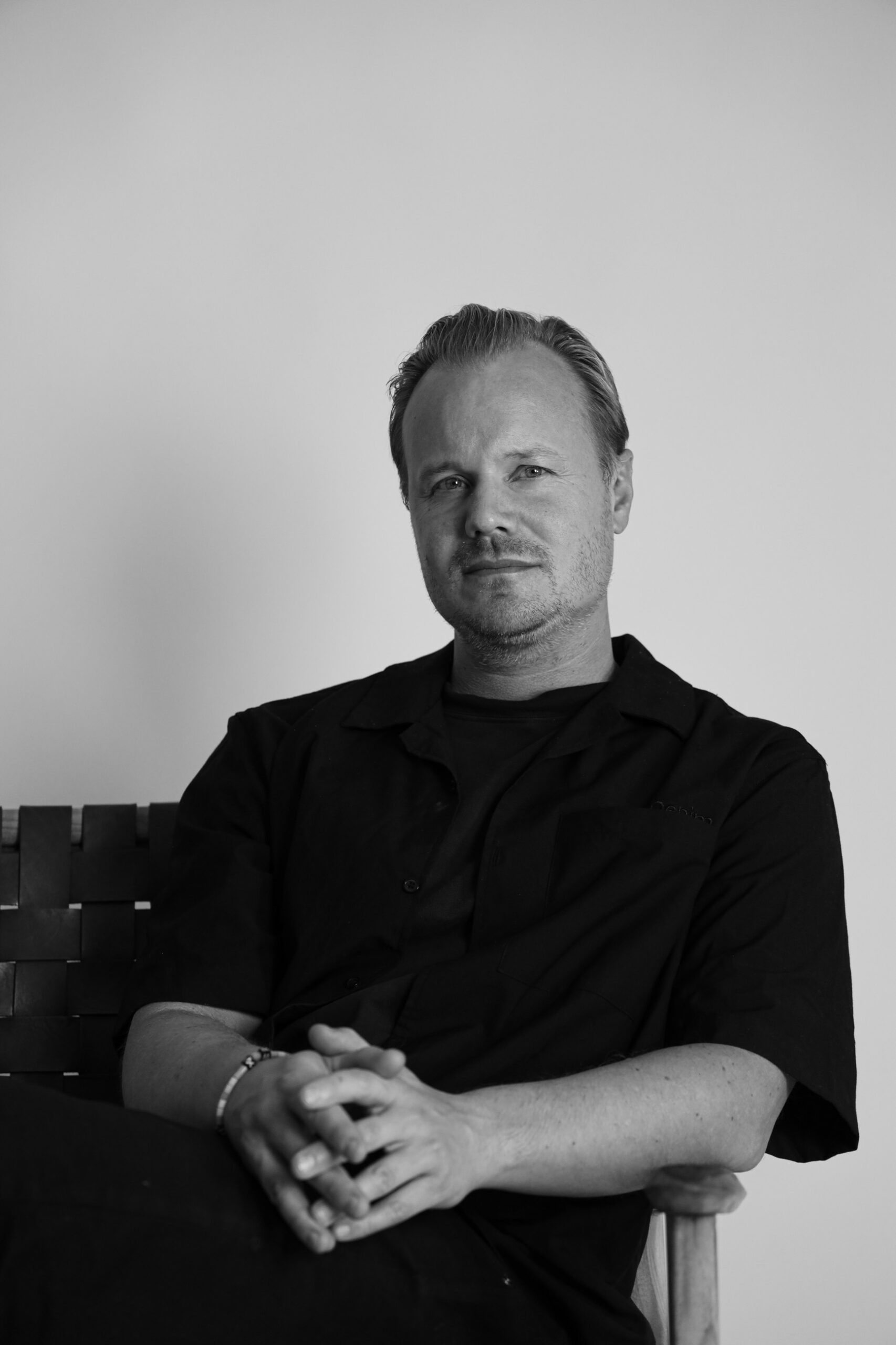
Johan Persson on NEUW Denim’s Creative Evolution: “Denim Is a Living Material”
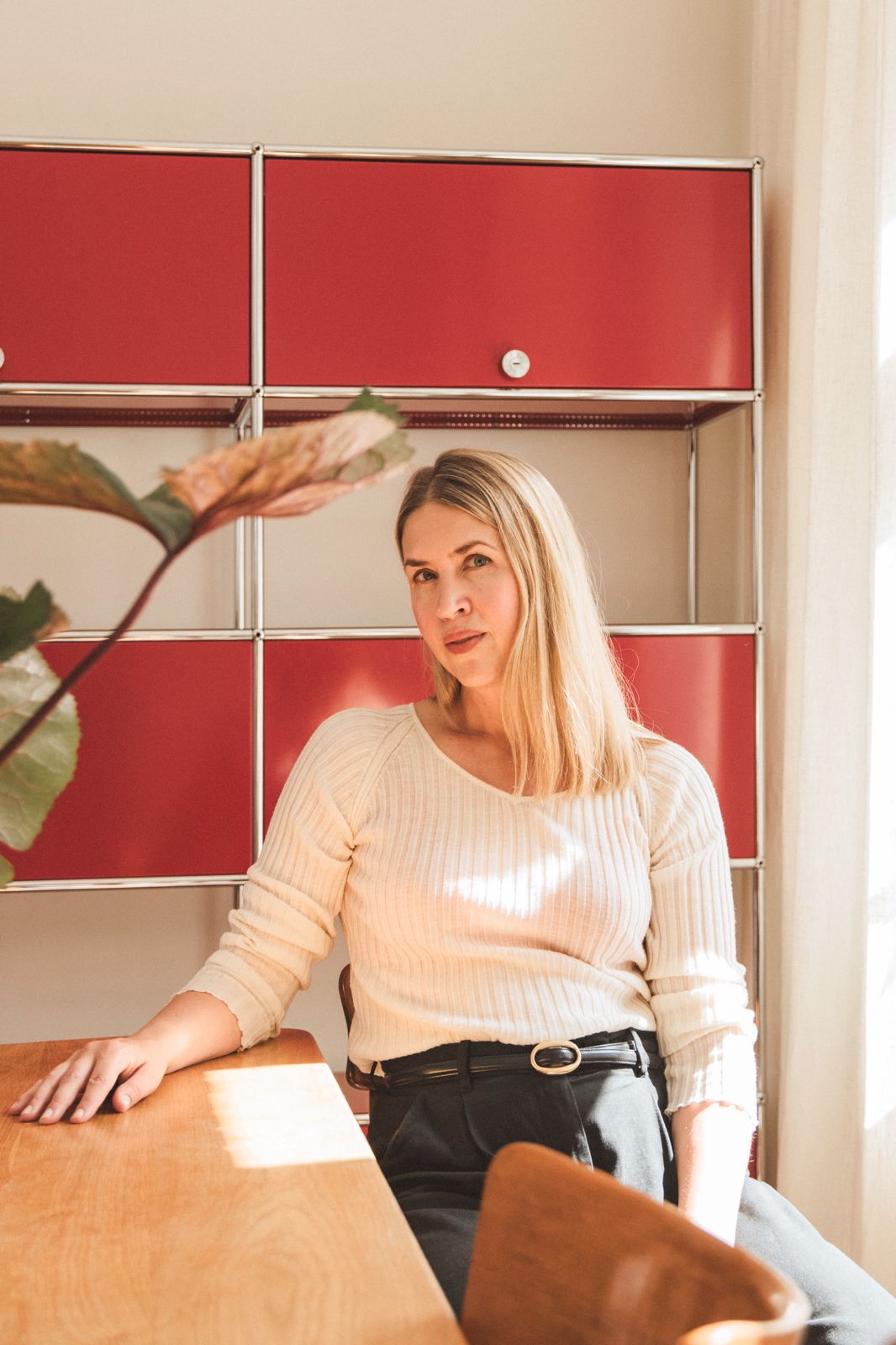
Fifteen Years of Maska: Crafting Modern Classics in Natural Fibres
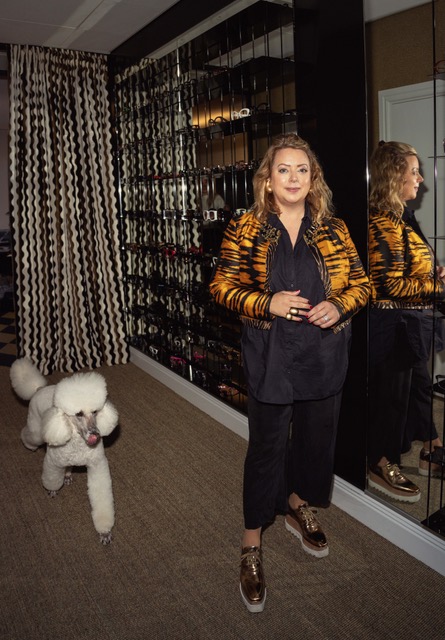
20 Years of Cultural Encounters: SpoilConcept Celebrates Its Anniversary with Eyes on the Future
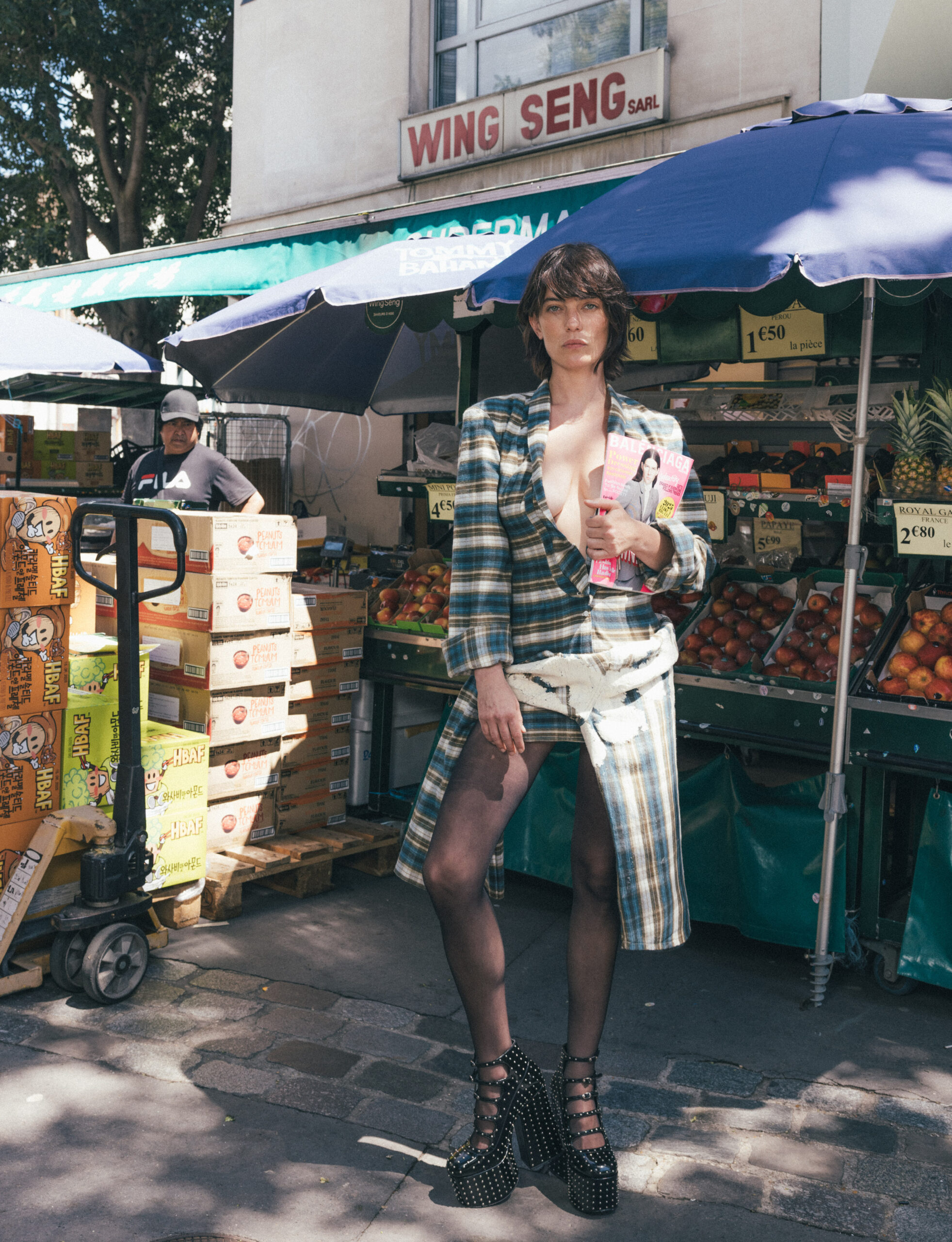
NE T’ENFUIS PAS
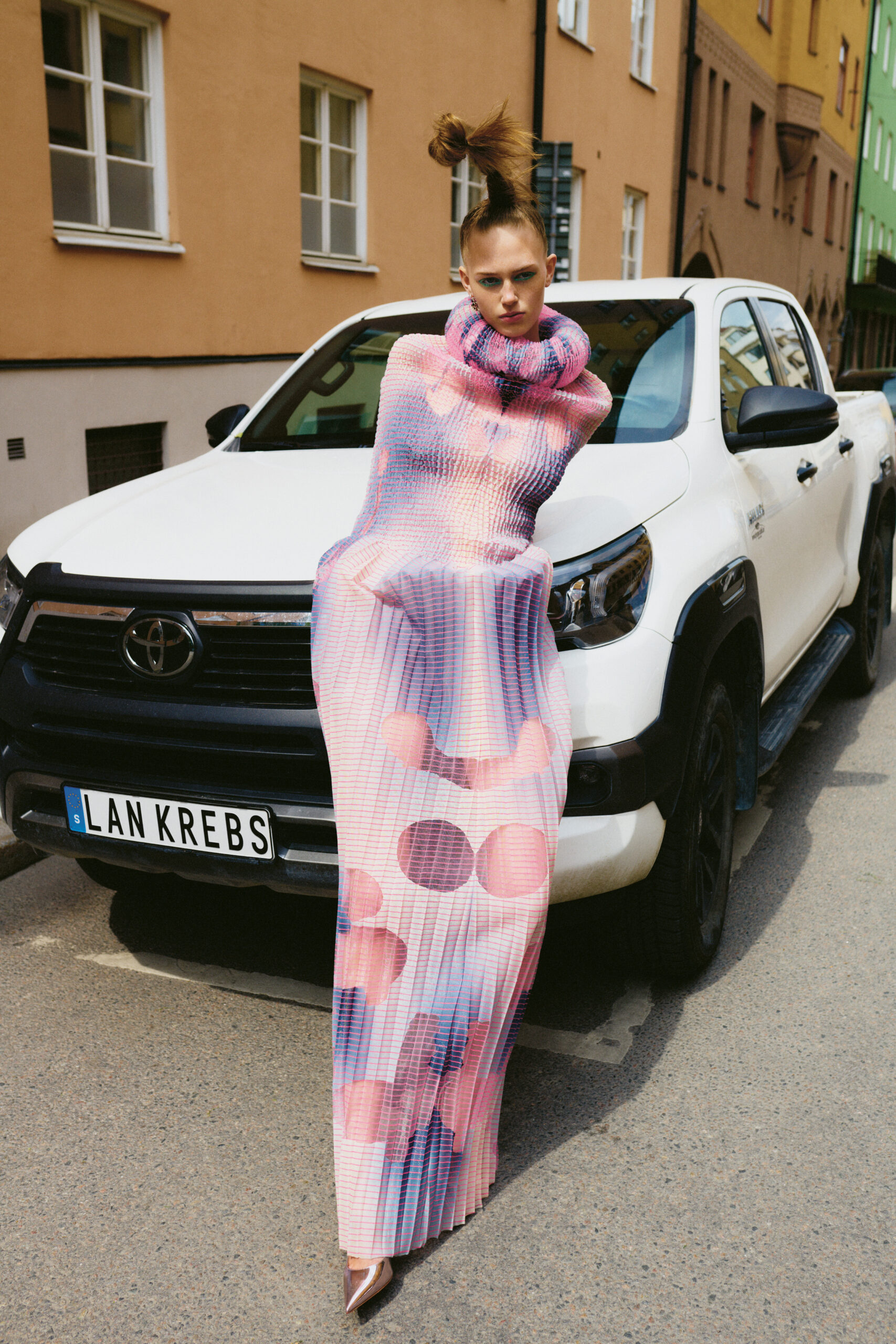
ROOM FOR THE LIFE – An interview with Lan Krebs
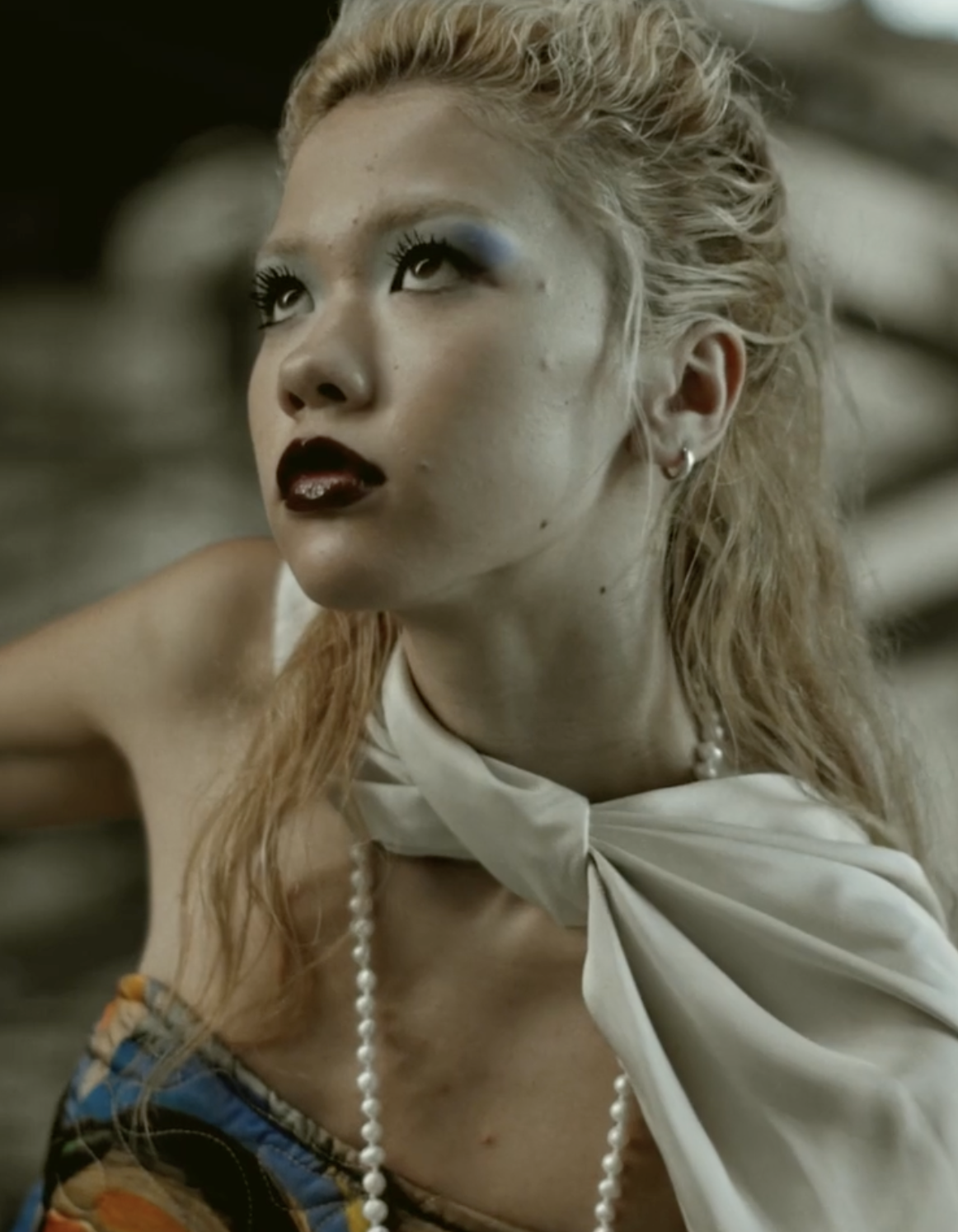
ODALISQUE X ZALANDO
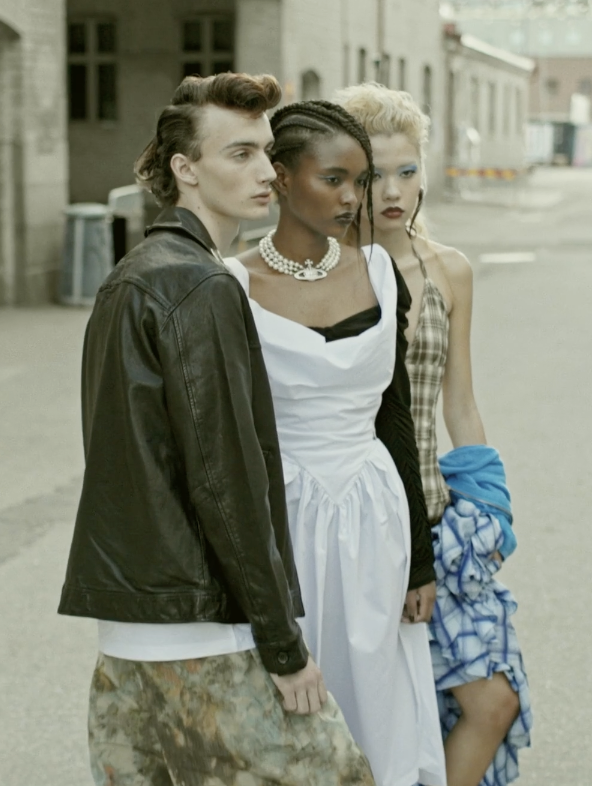
ODALISQUE X ZALANDO BACKSTAGE
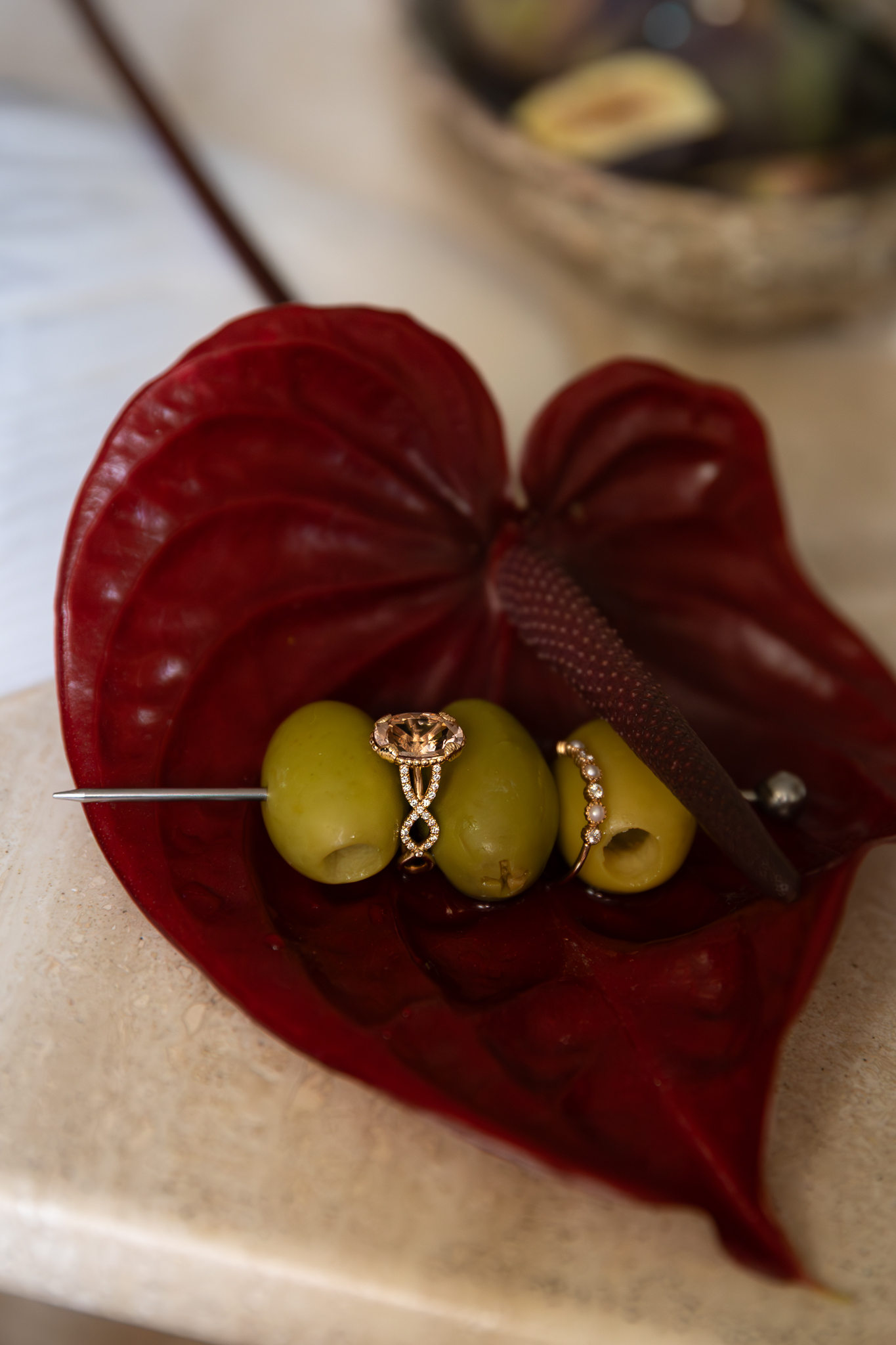
The Power of Adornment: A Conversation with Mumbaistockholm’s Cecilia Kores
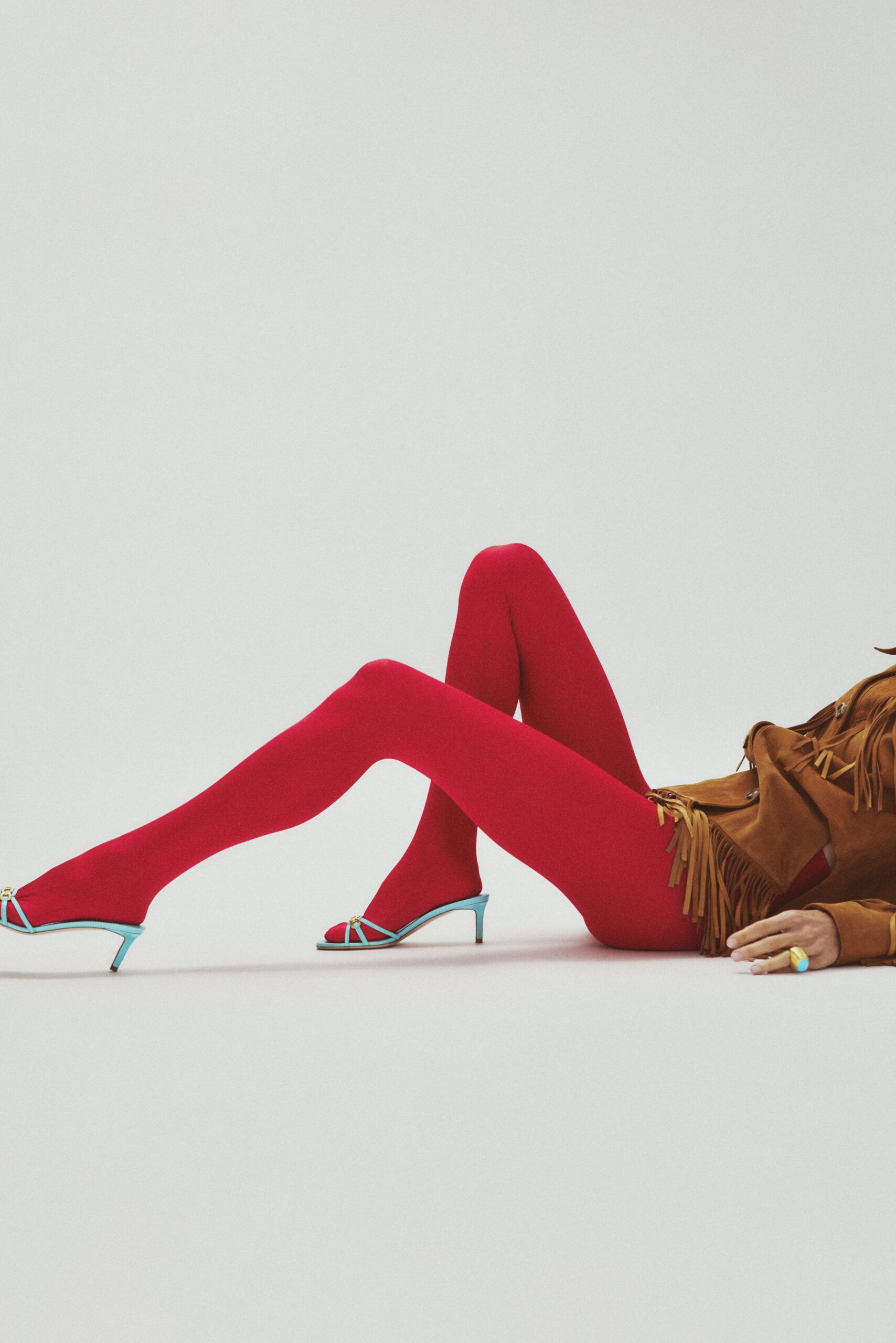
Odalisque Magazine Interviews Leandra Medine Cohen & Linn Frisinger: Integrated Parts — Swedish Stockings
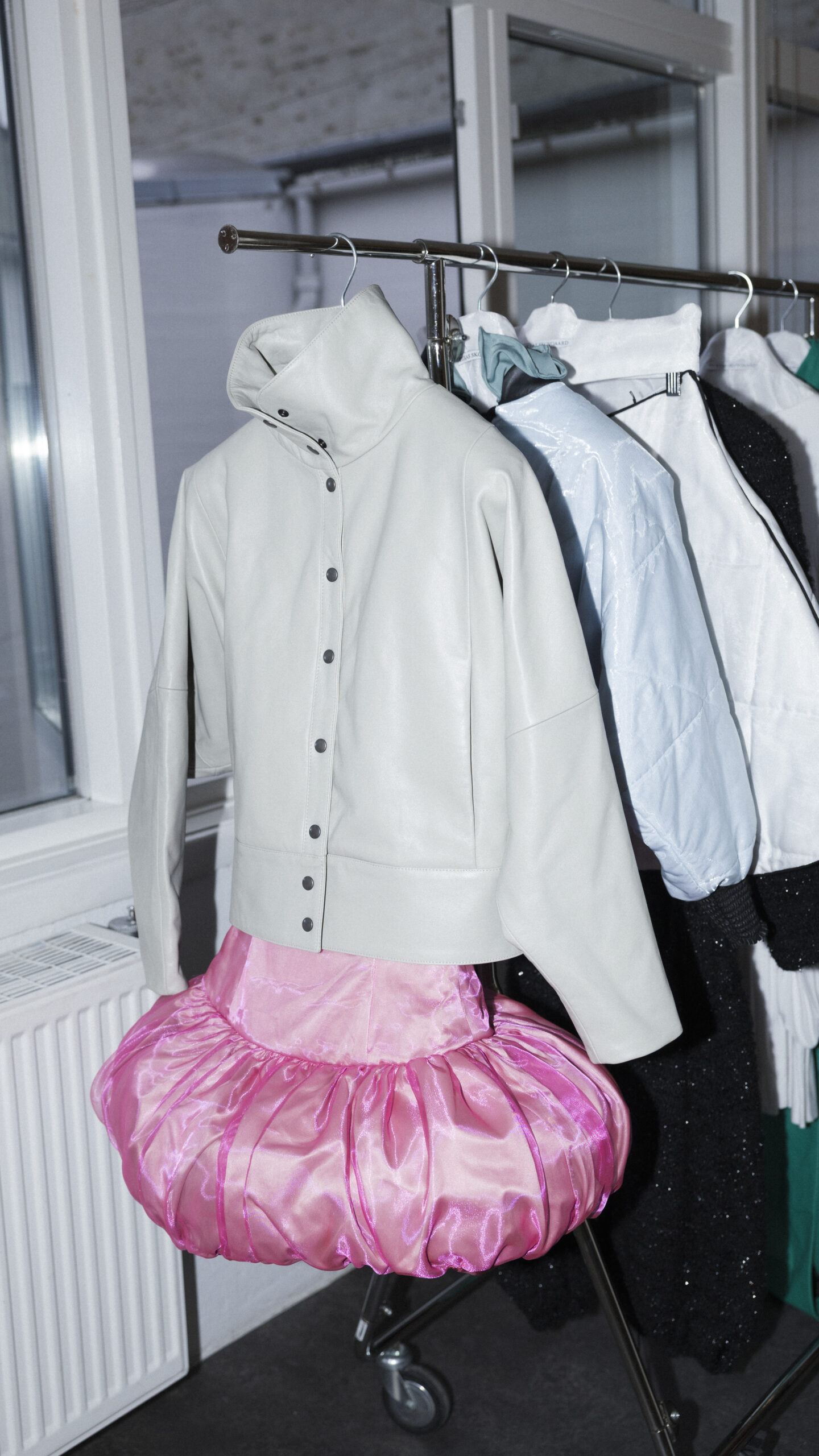
Nicklas Skovgaard — Threads of Memory and Modernity
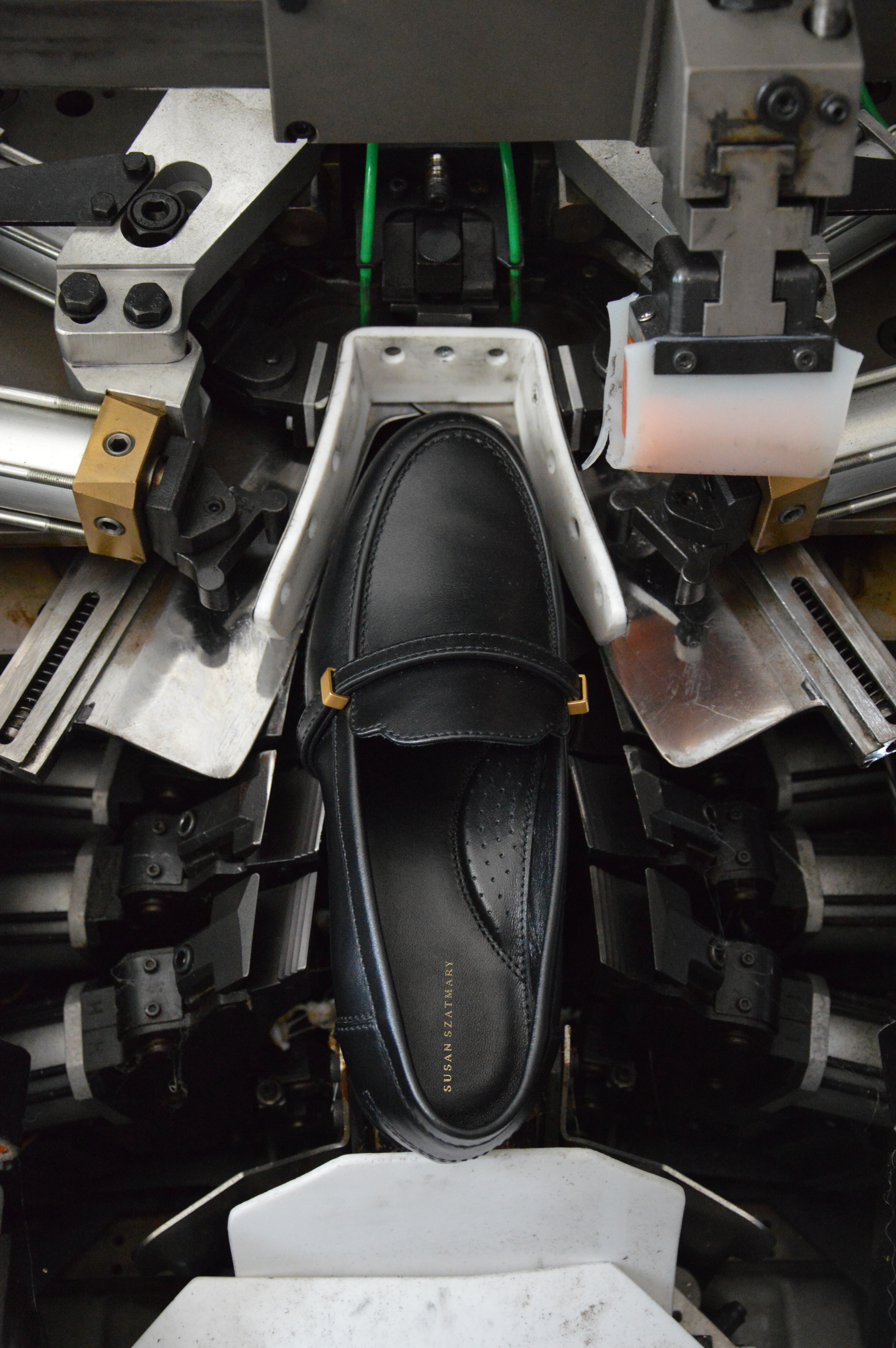
ODALISQUE MAGAZINE INTERVIEWS Susan Szatmáry
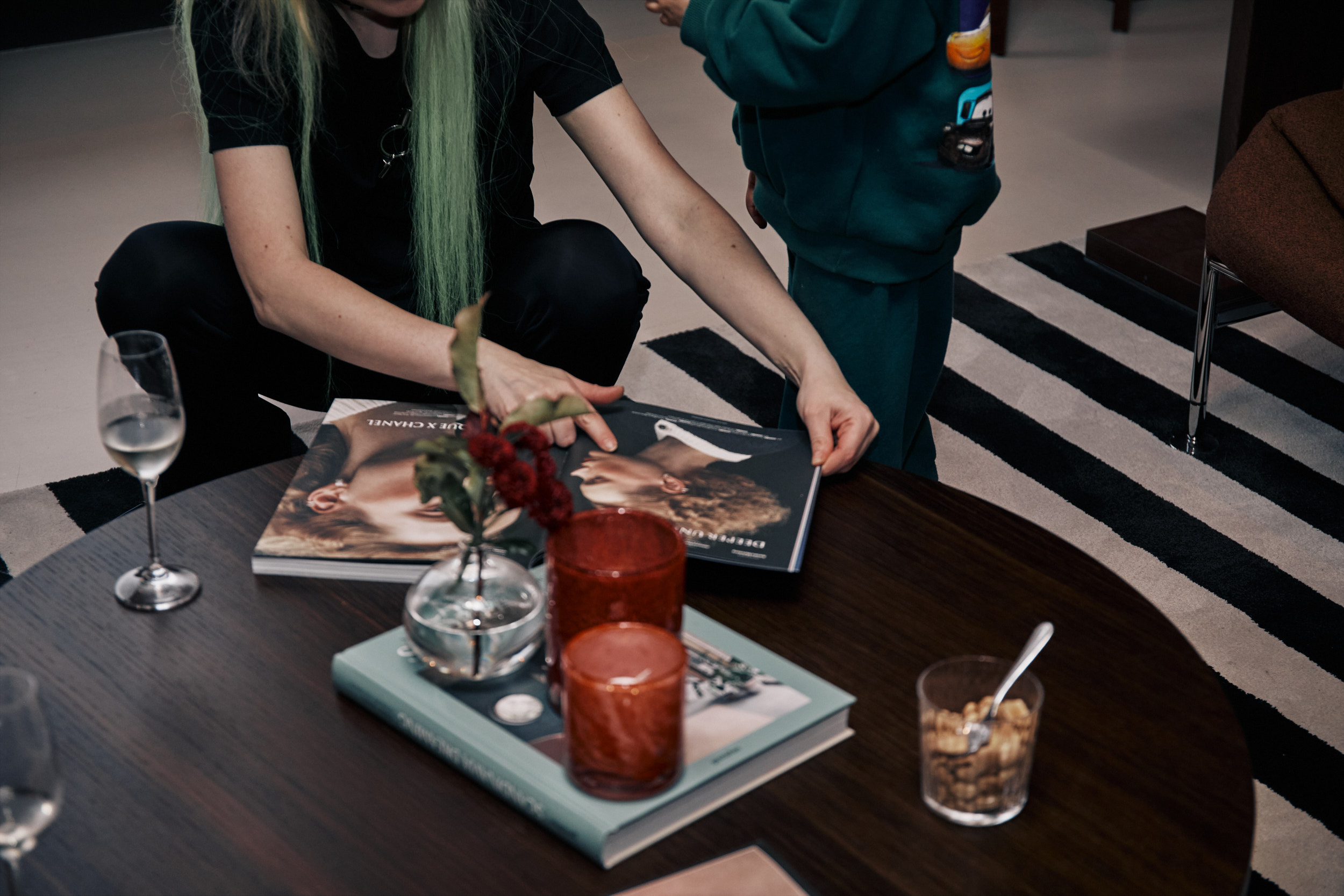
Stockholm Release Party – Odalisque Issue 16
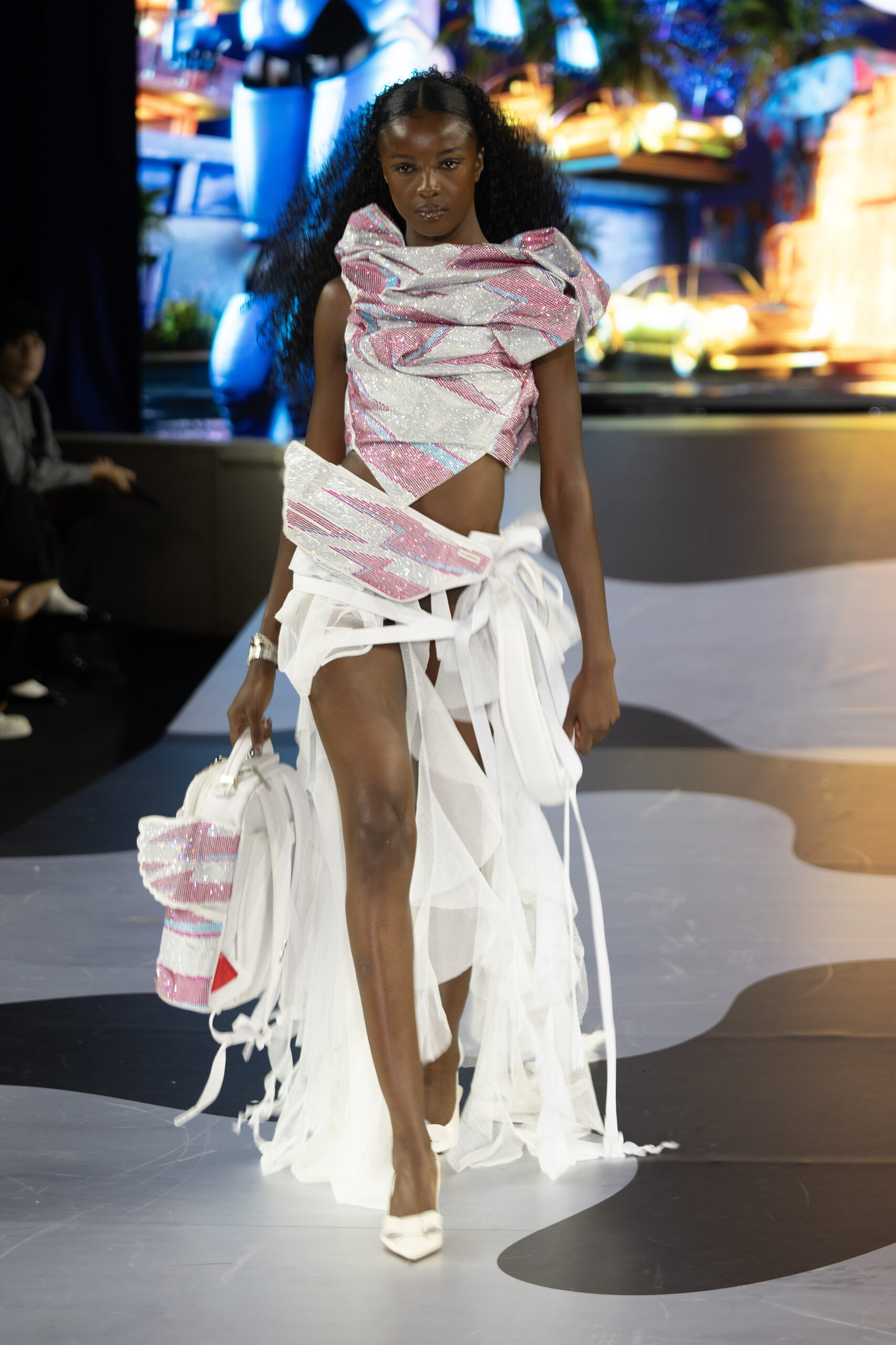
Sprayground SS26
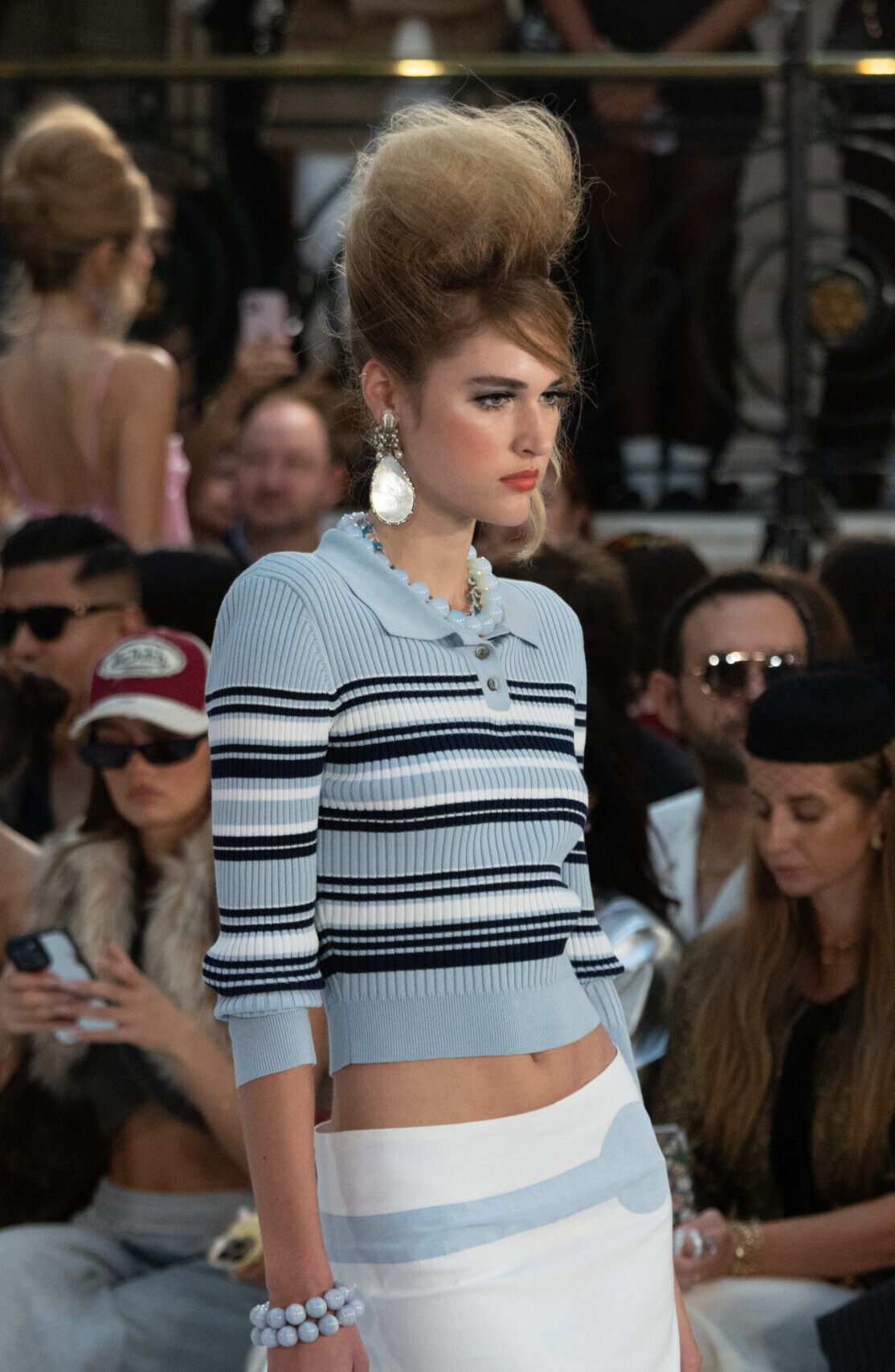
Paul Costelloe SS25
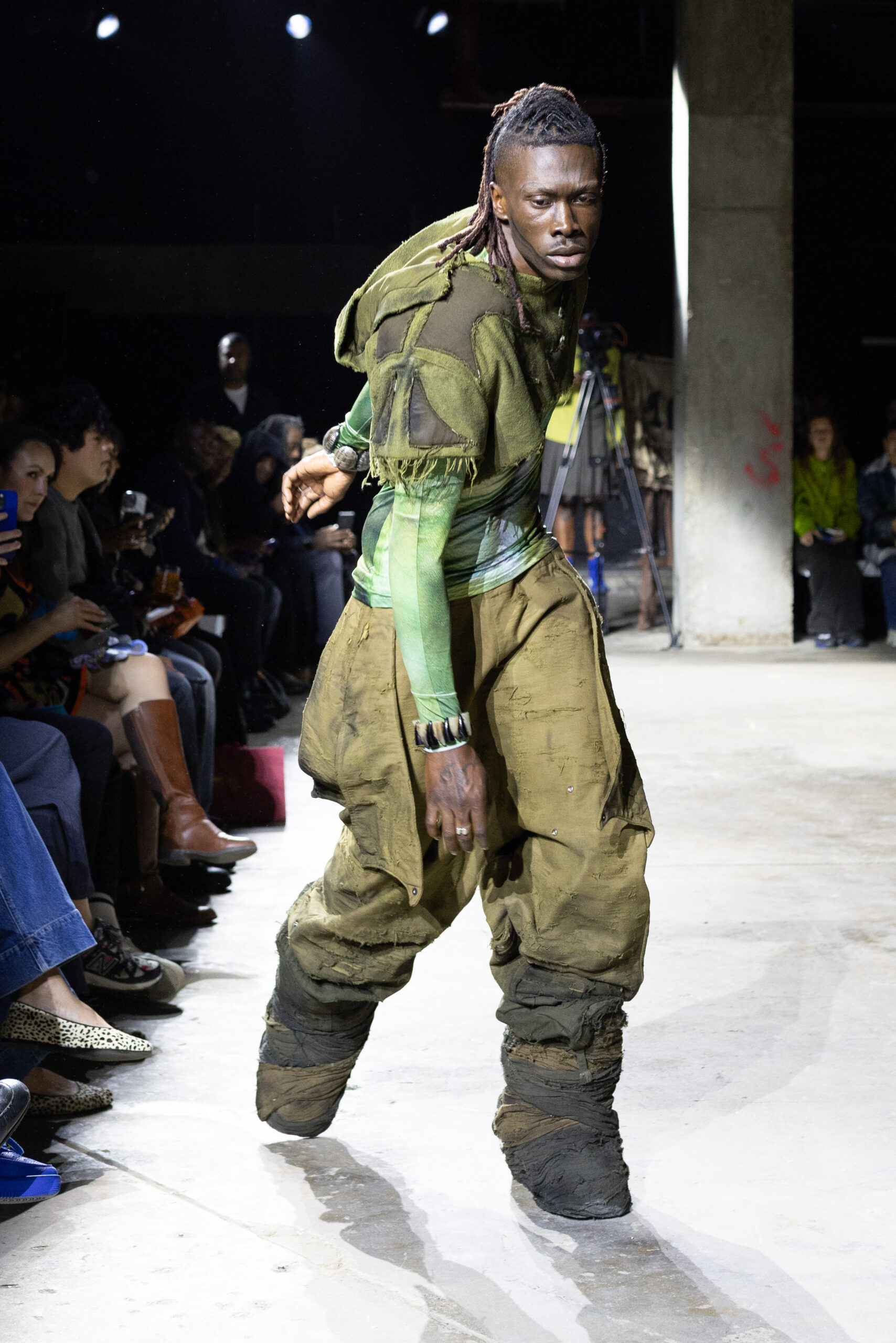
YAKU SS26
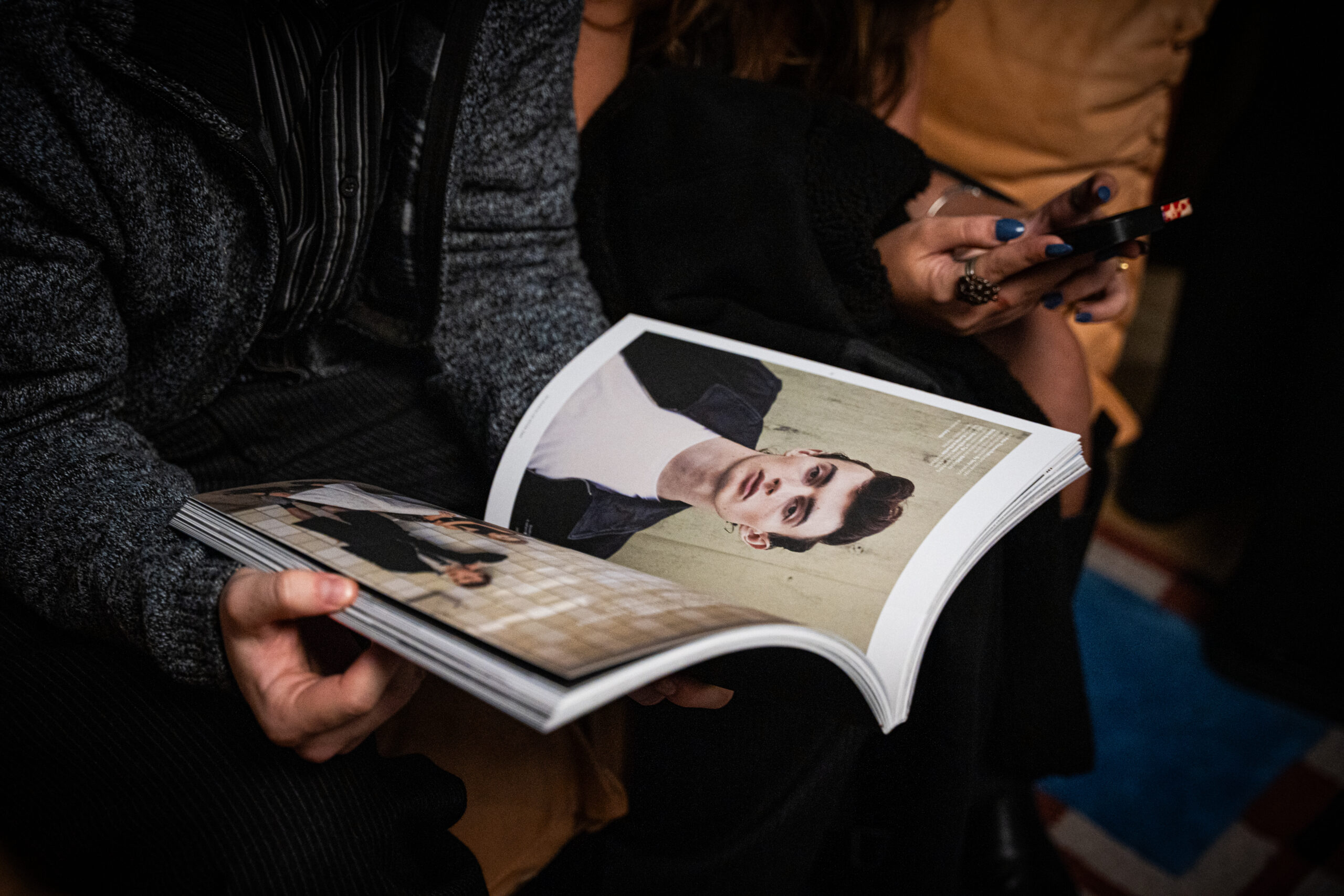
ODALISQUE ISSUE 16 RELEASE PARTY LONDON
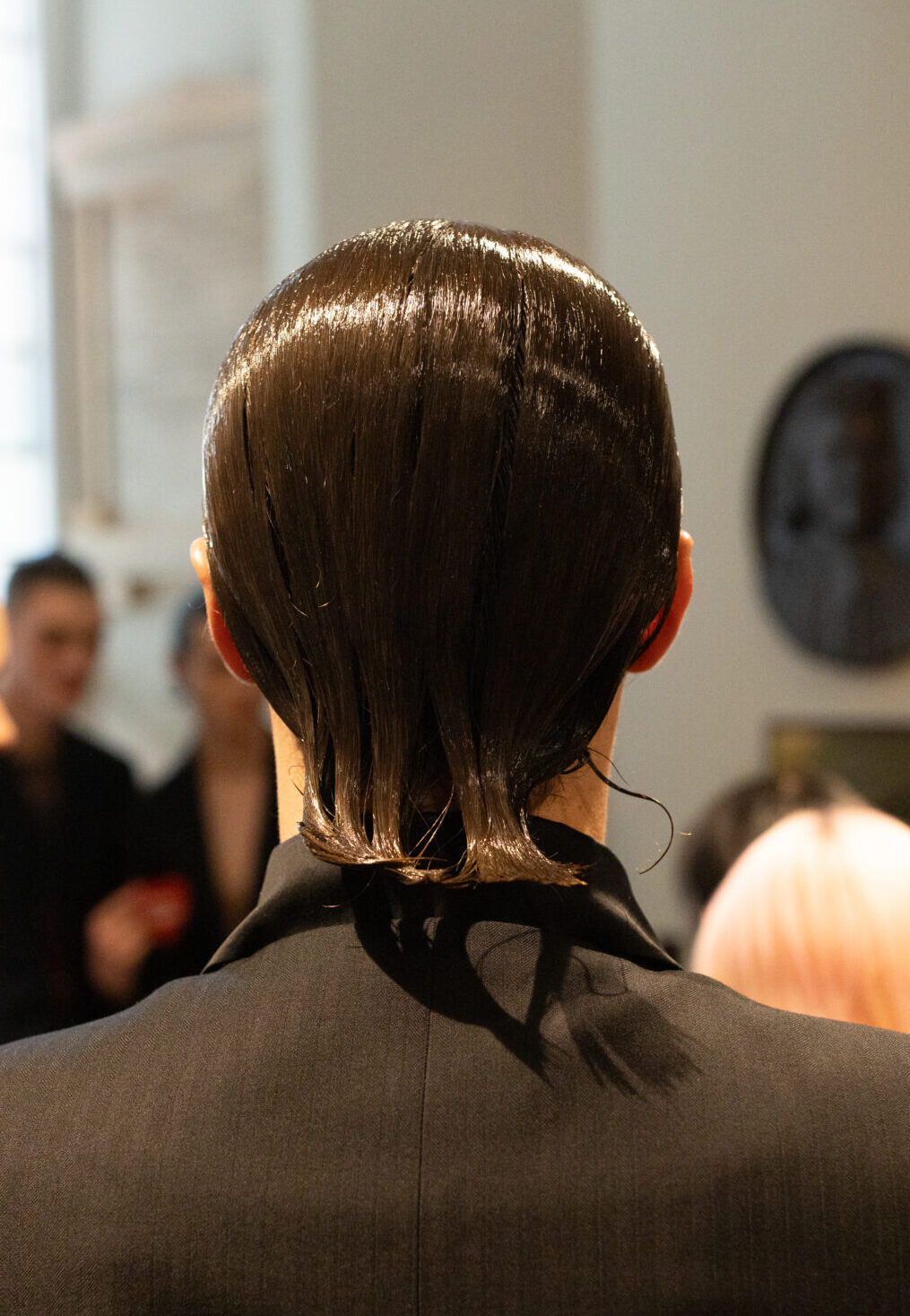
Kyle Ho SS26
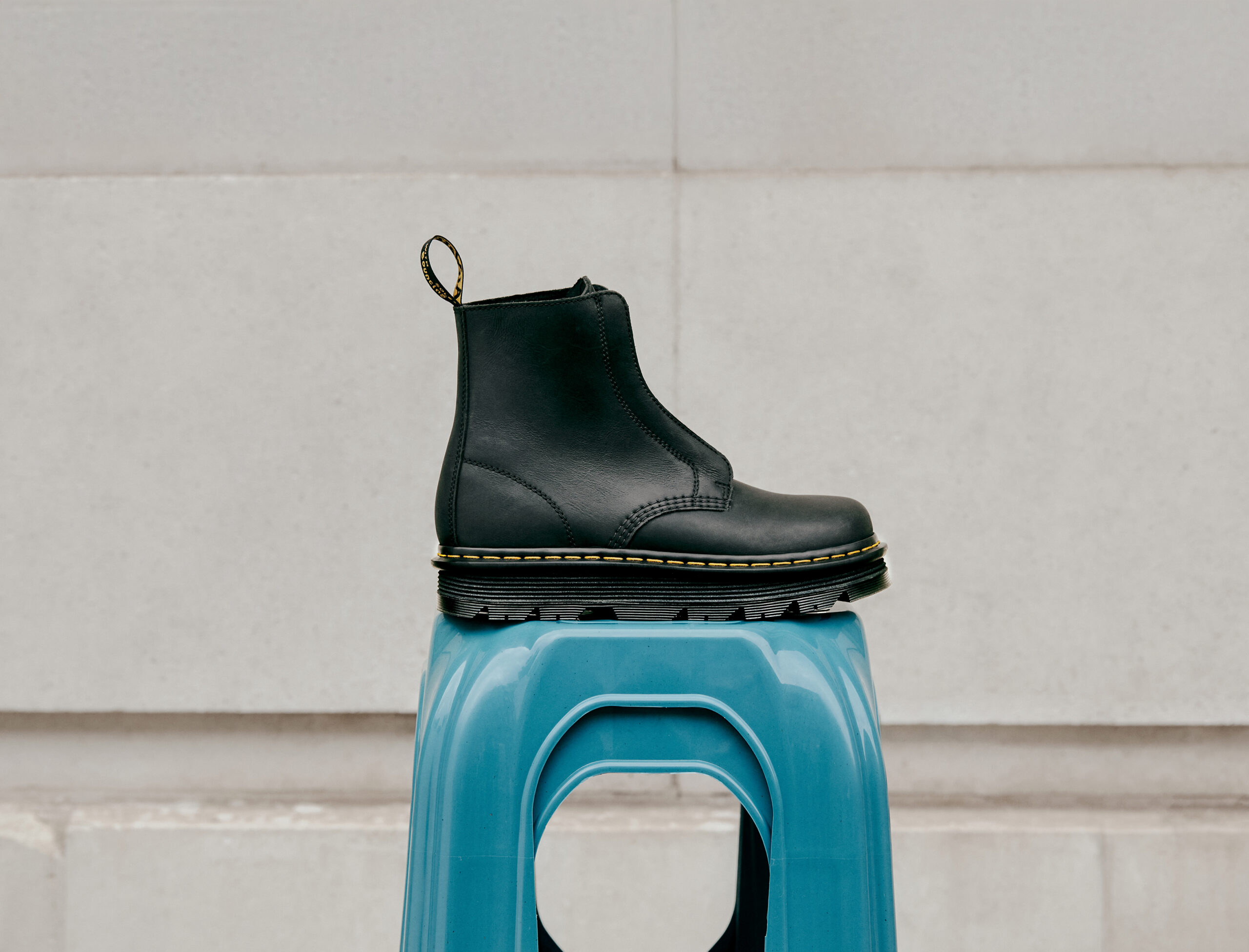
The Art of Comfort: Dr. Martens Expands the Zebzag Sole
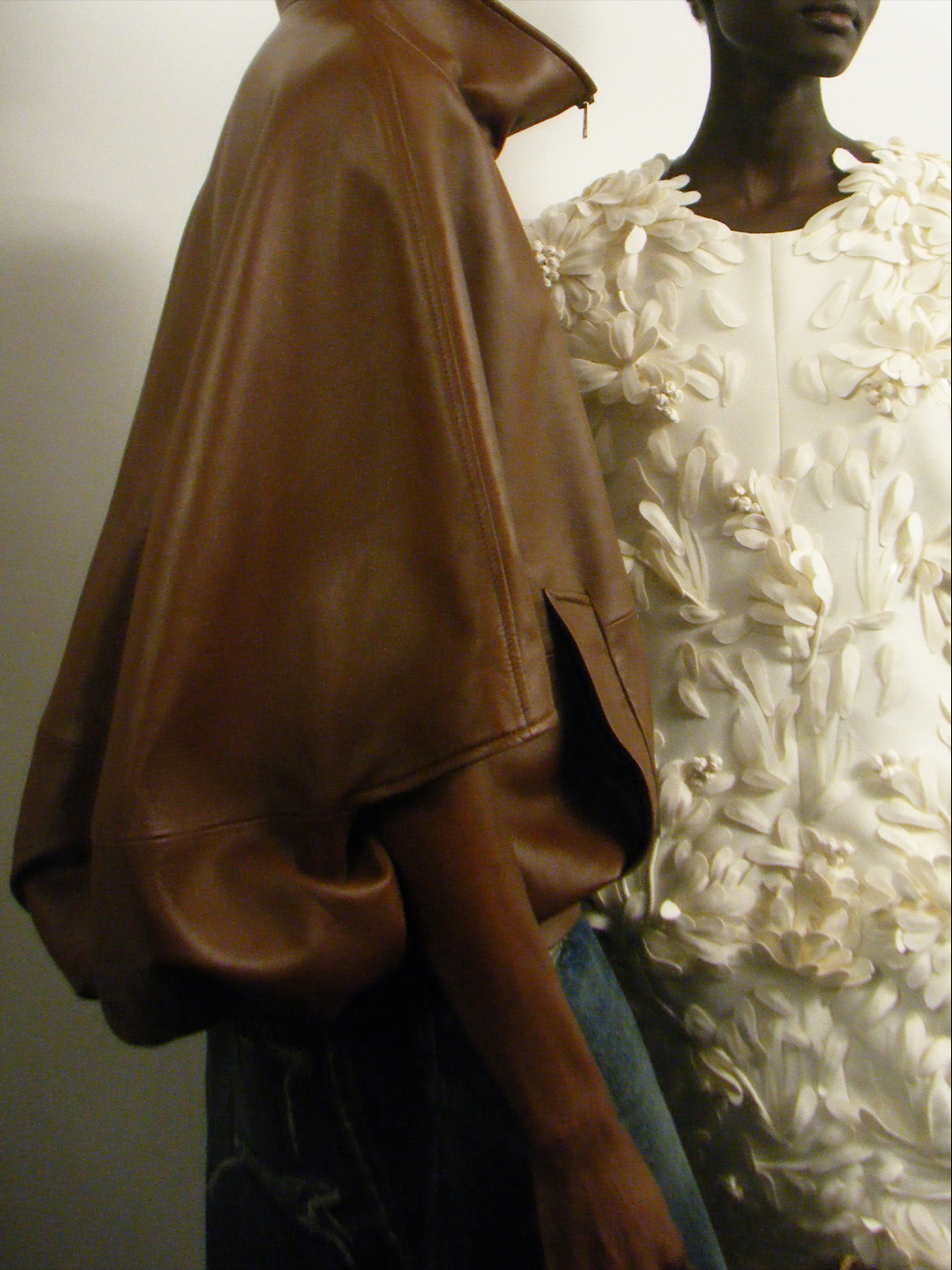
BALENCIAGA SS26
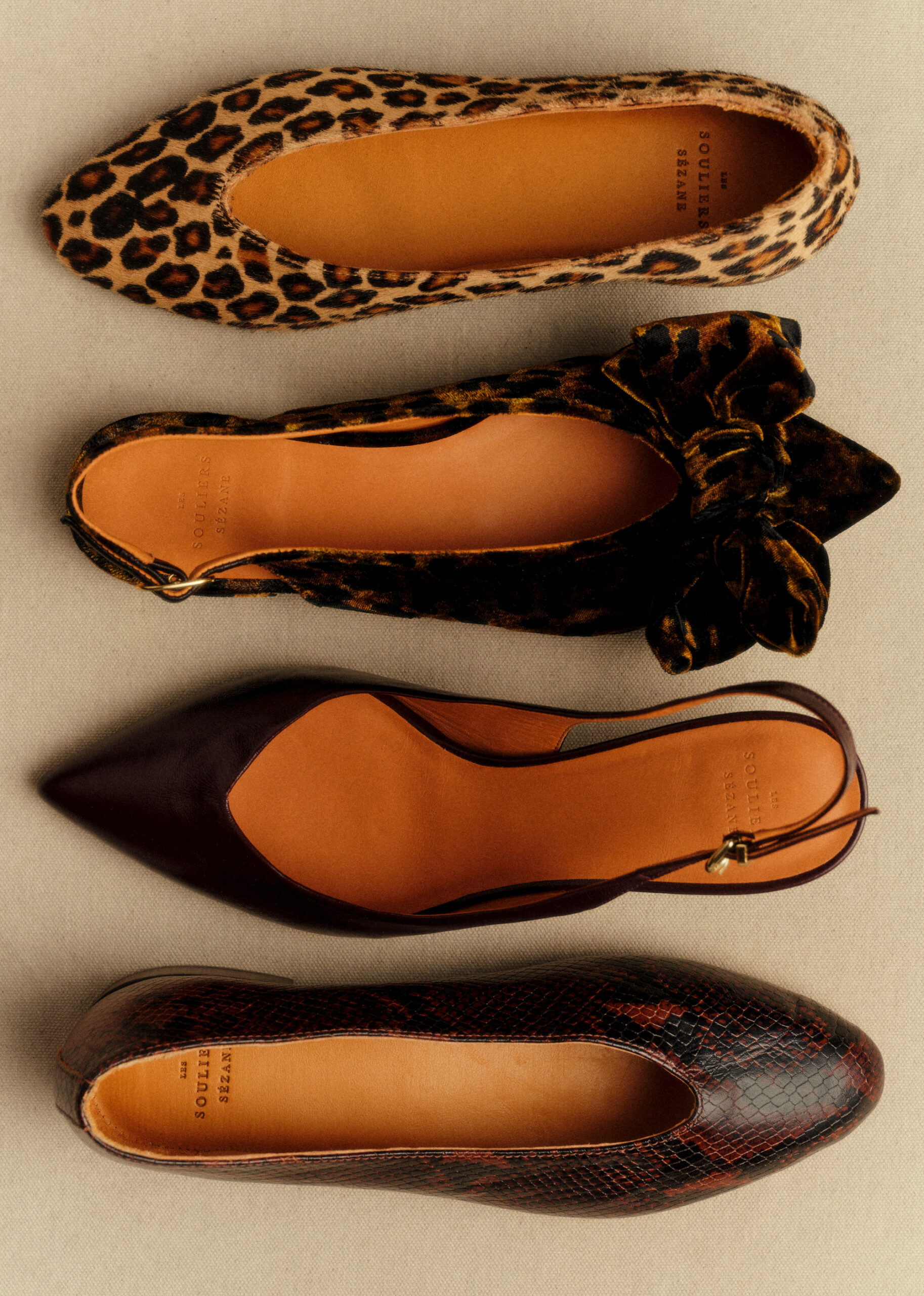
SÉZANE: A Fall Chapter
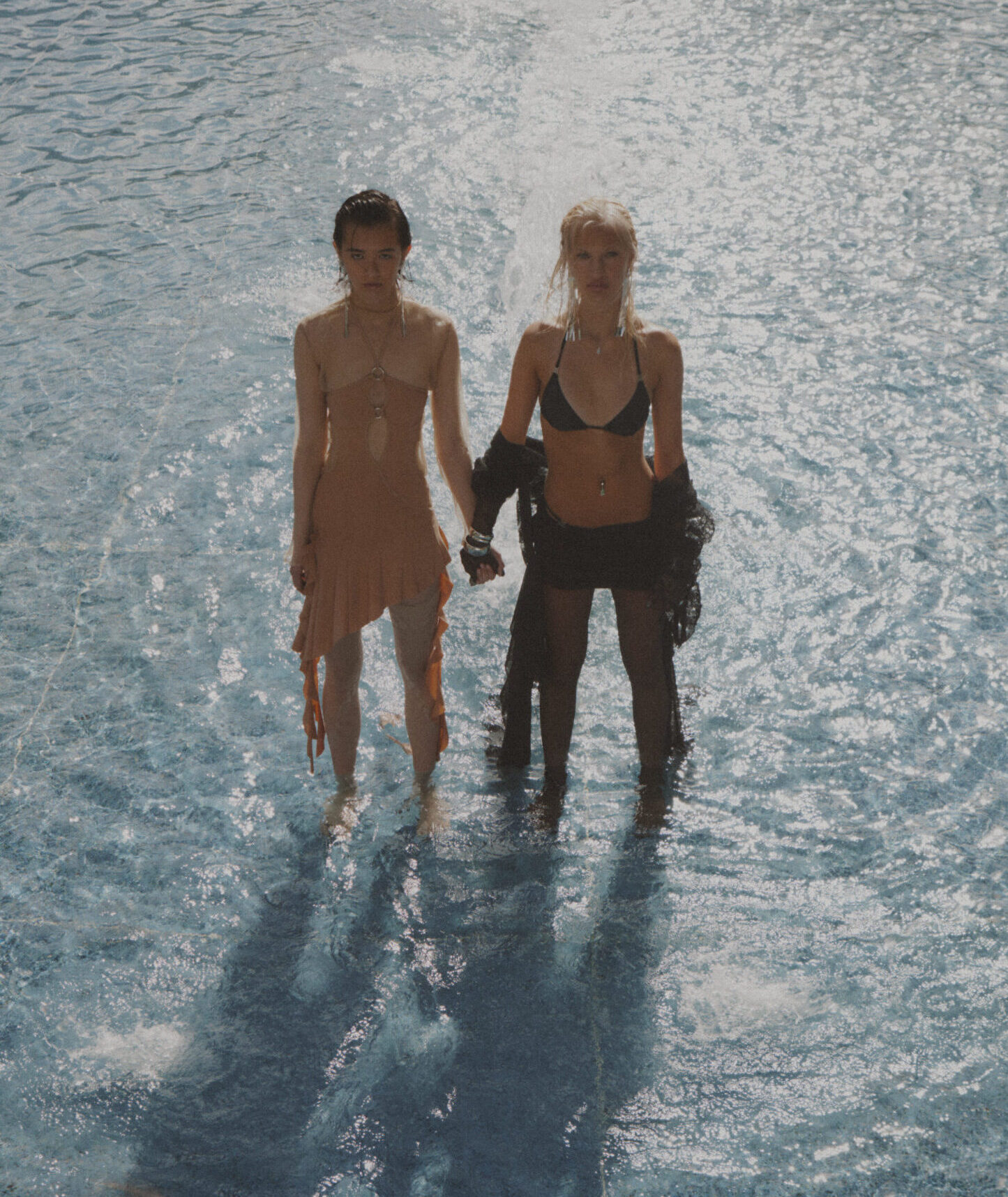
Urban Mirage
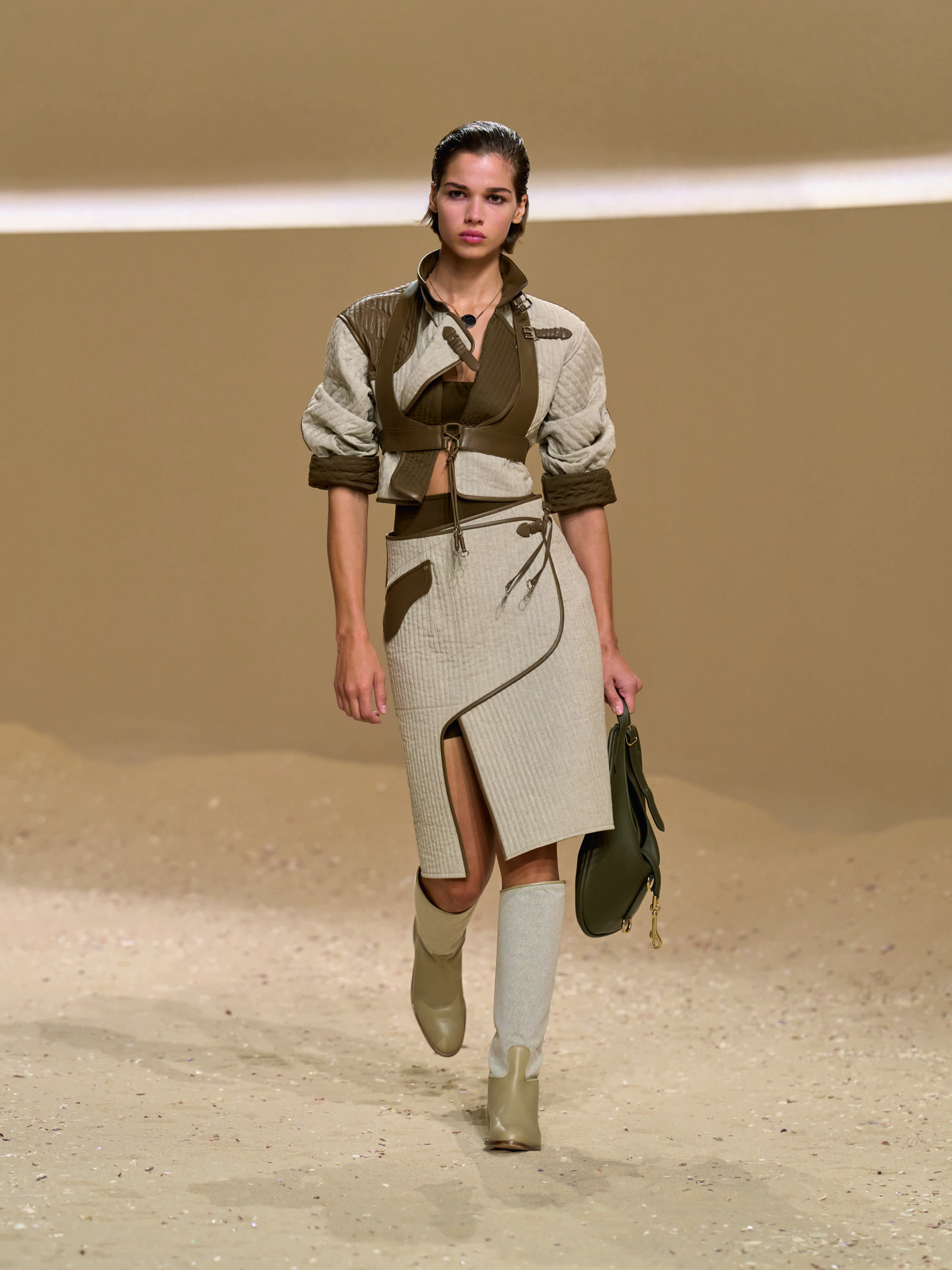
Hermès SS26
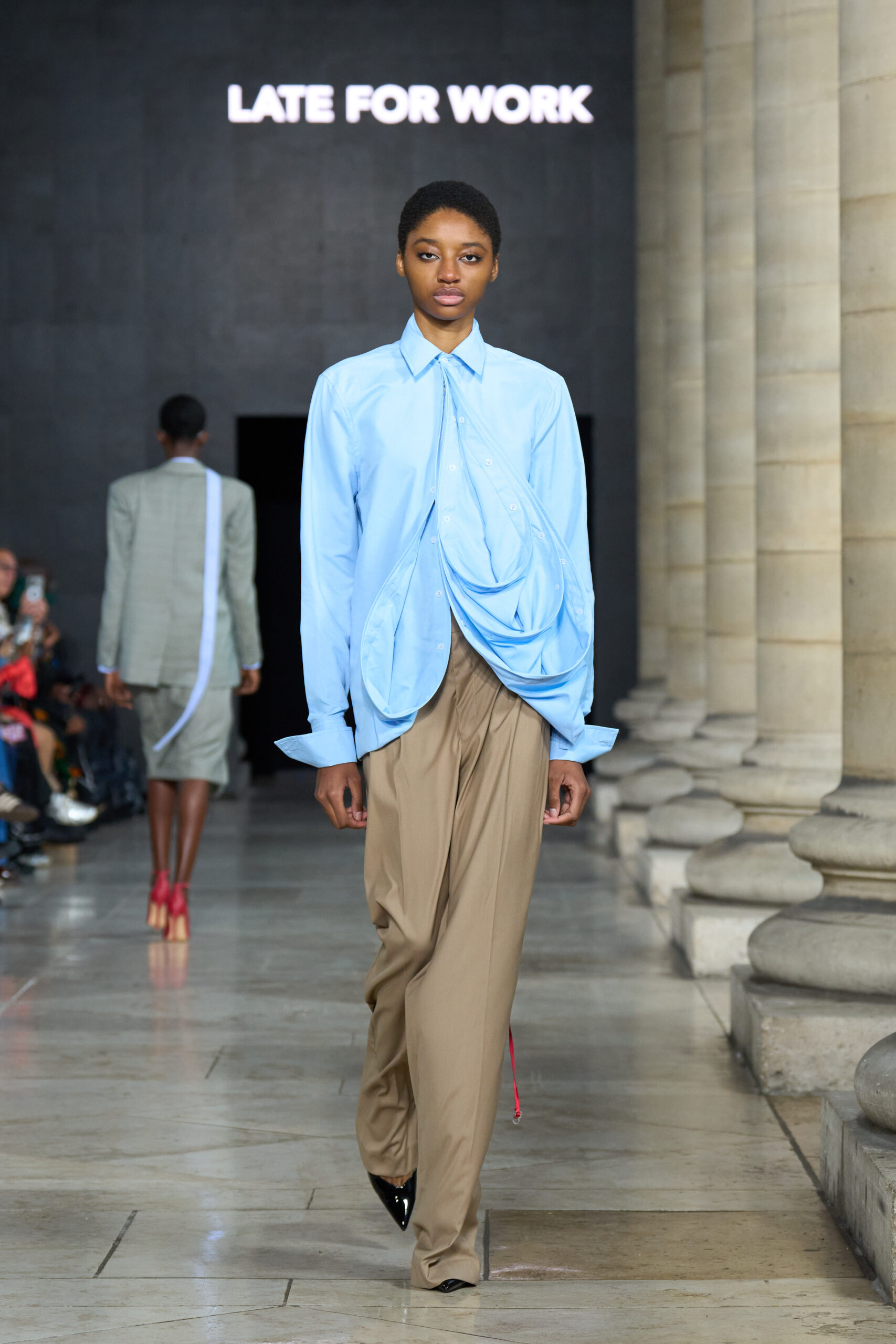
TRANOÏ X CANEX SS26
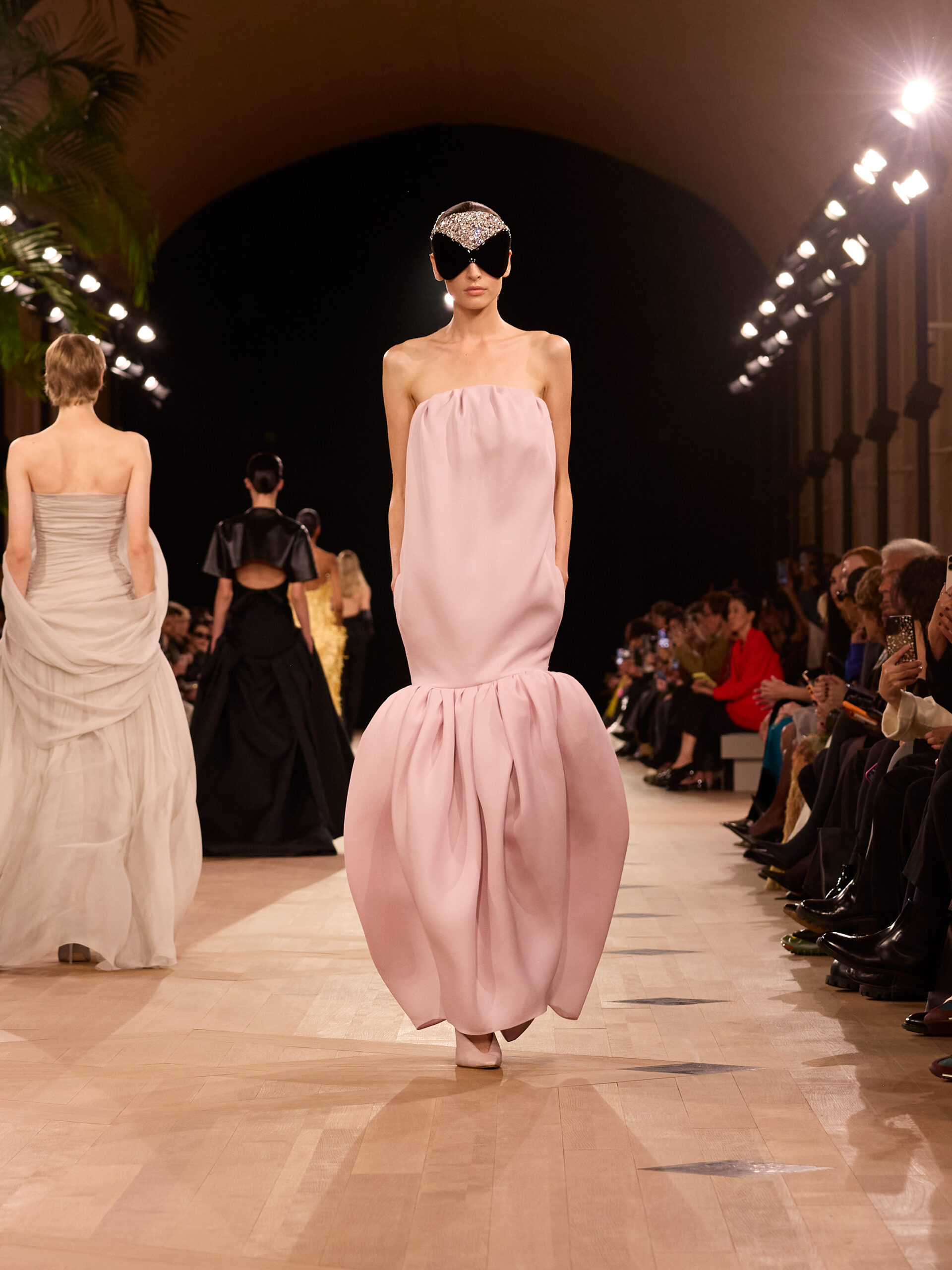
BALENCIAGA SS26
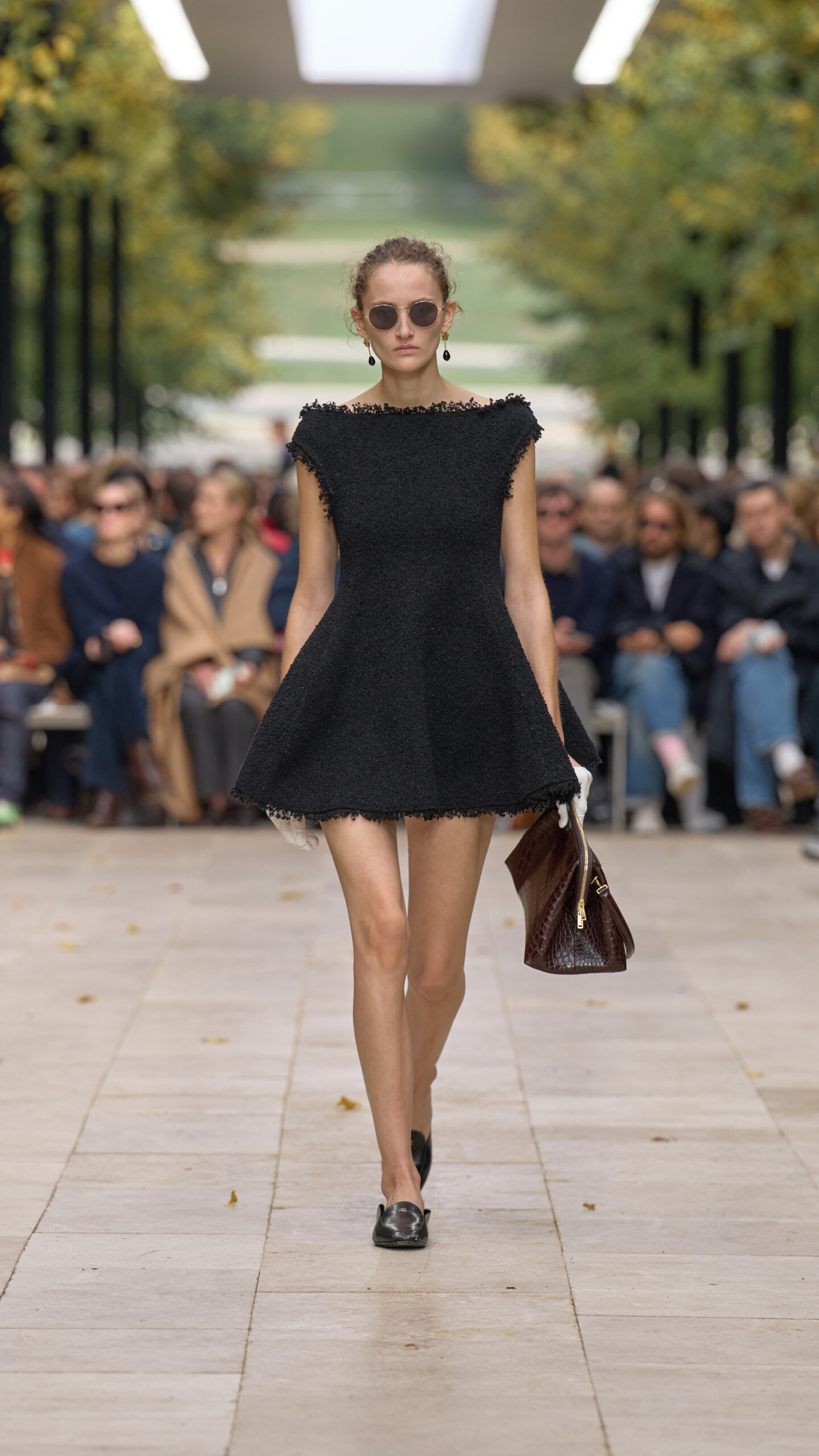
CELINE SS26
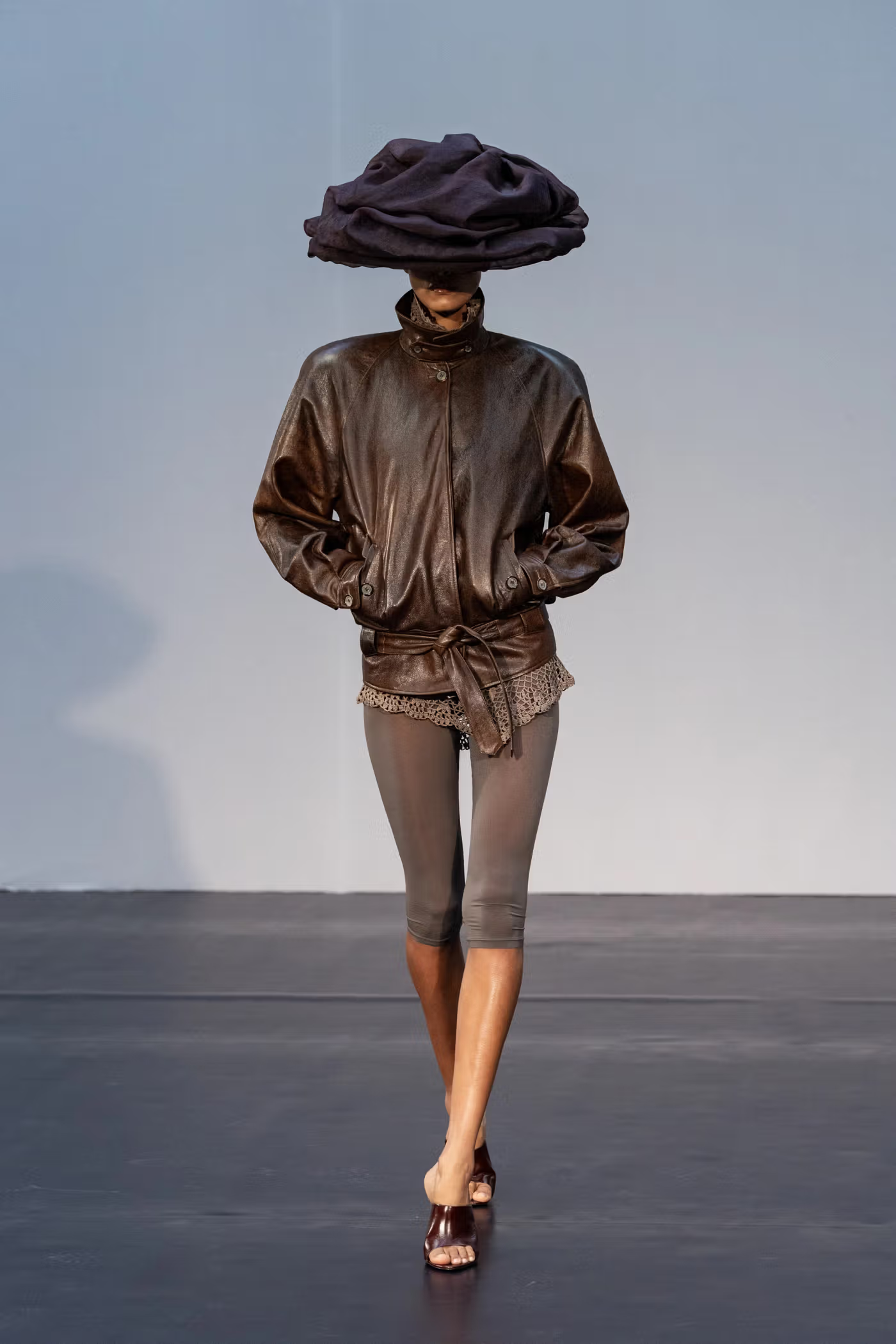
Magda Butrym SS26

Fashion Scout’s ONES TO WATCH 2 SS26
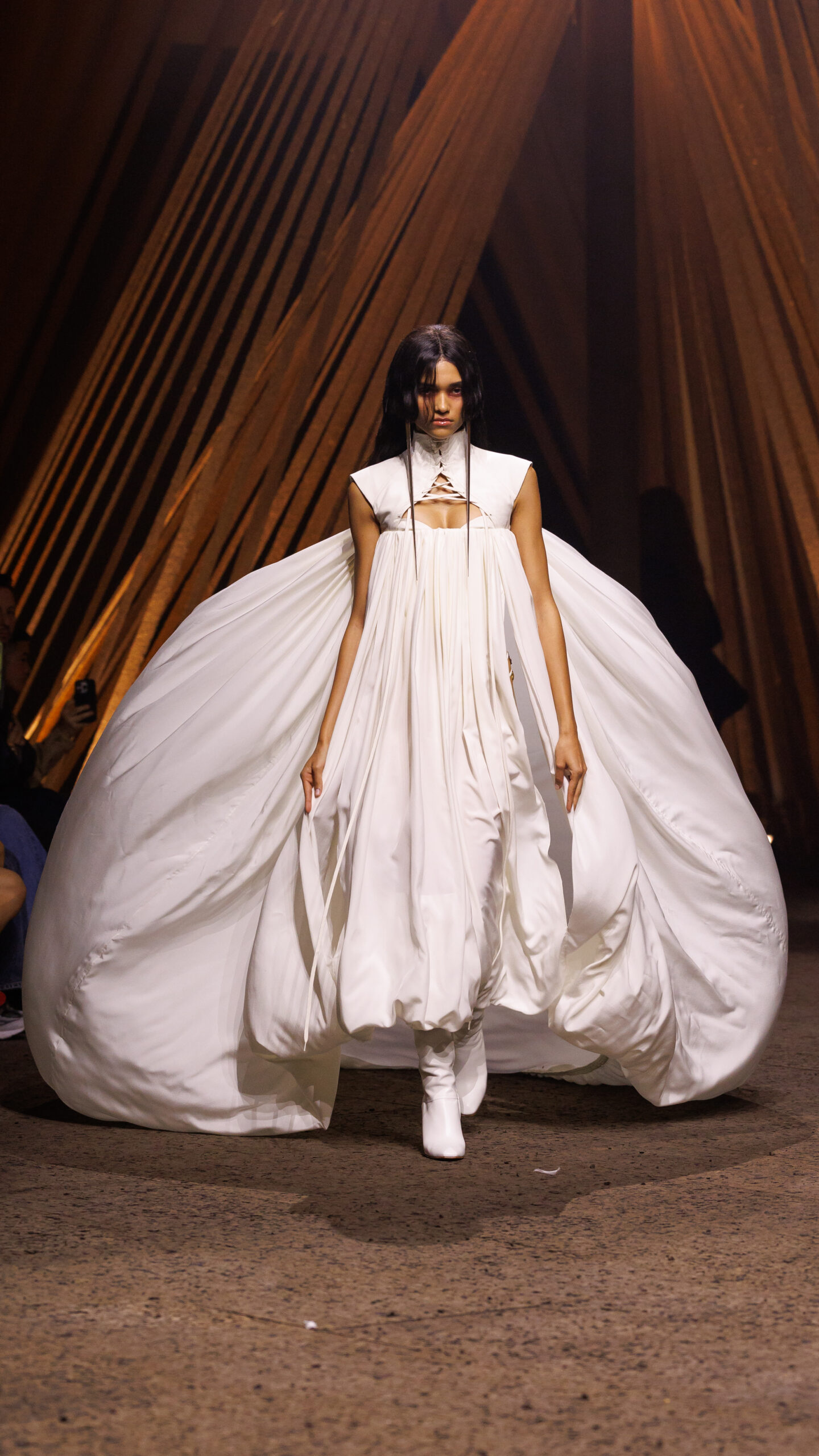
McQueen SS26
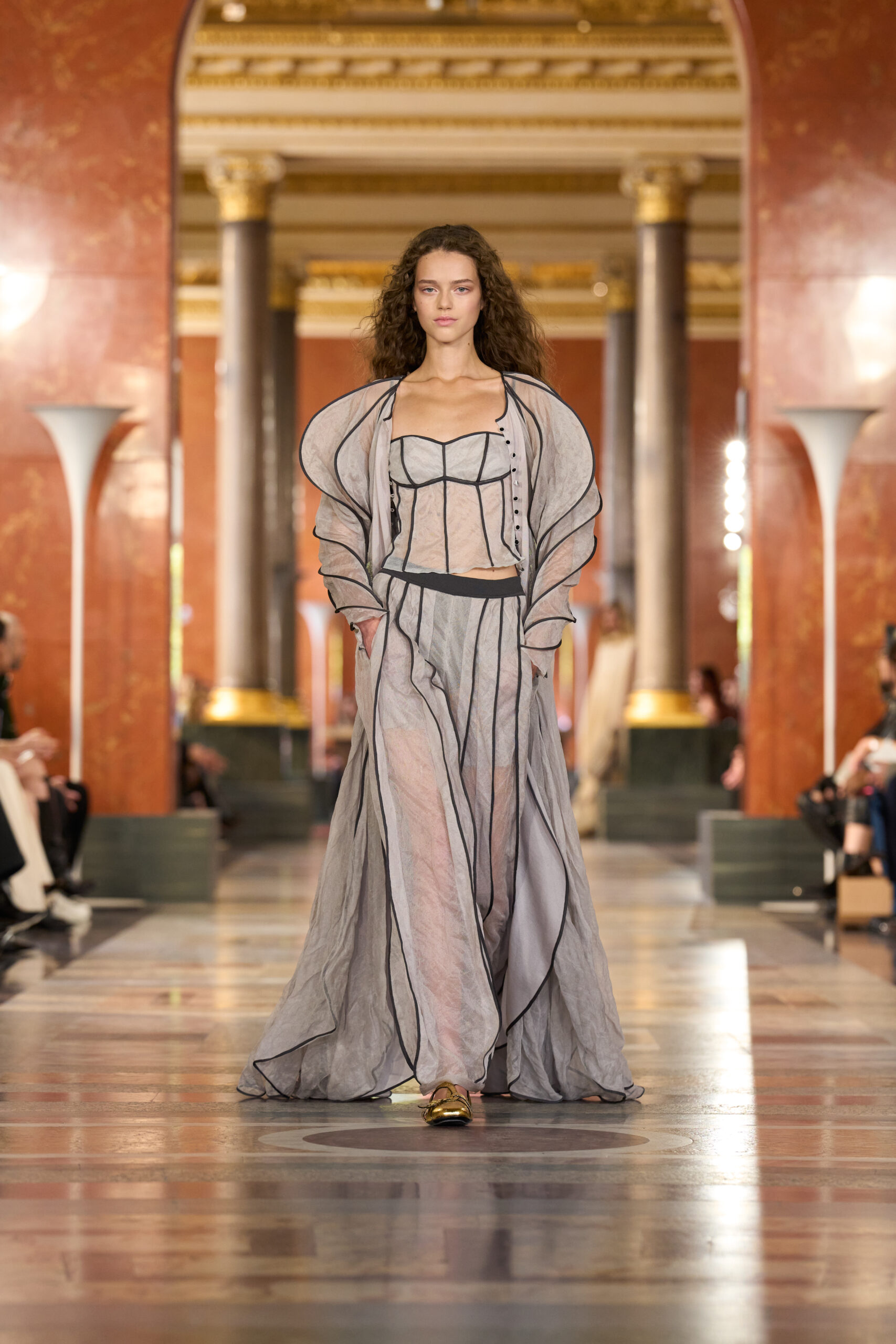
Louis Vuitton SS26
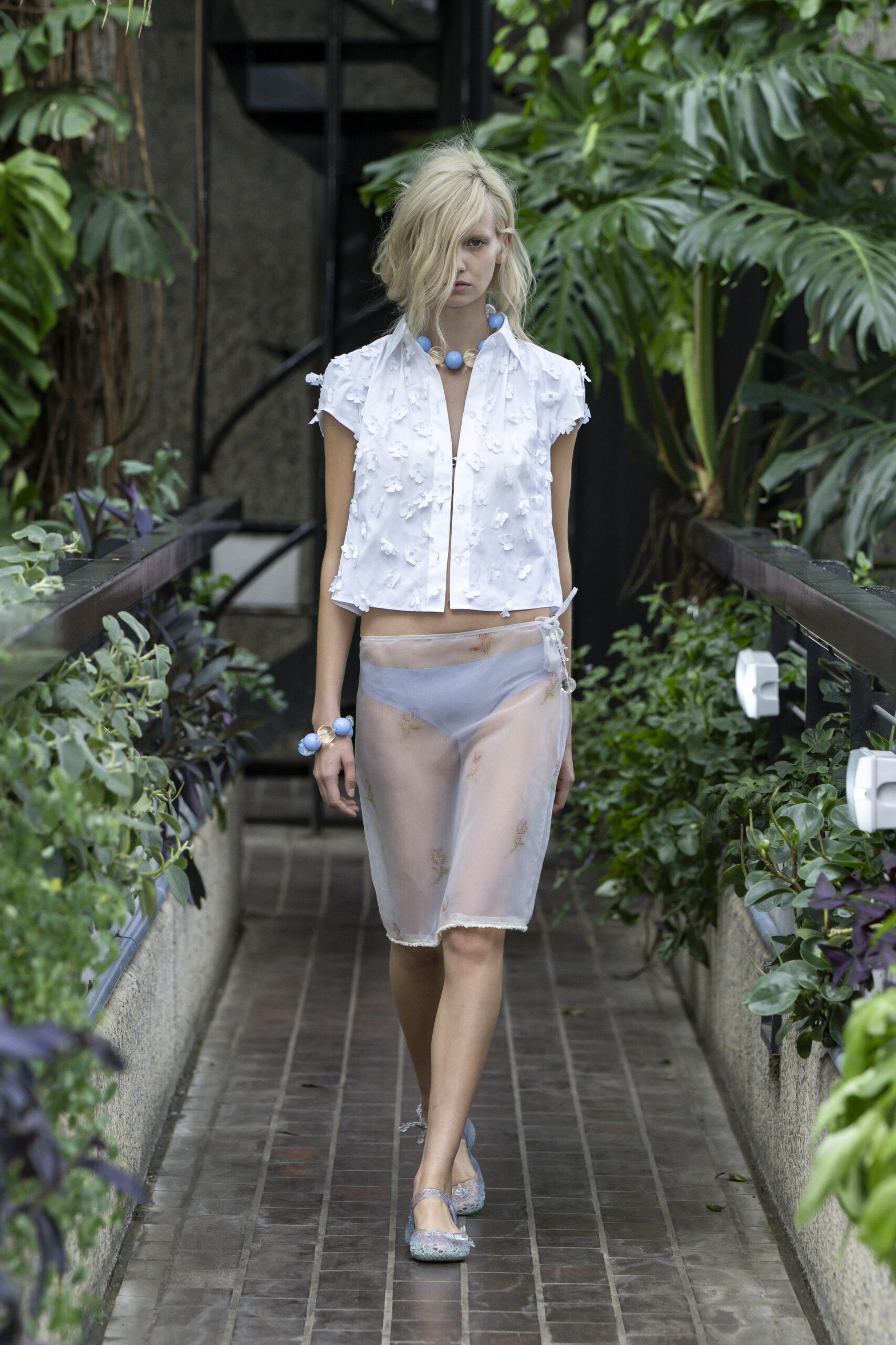
Susan Fang SS26
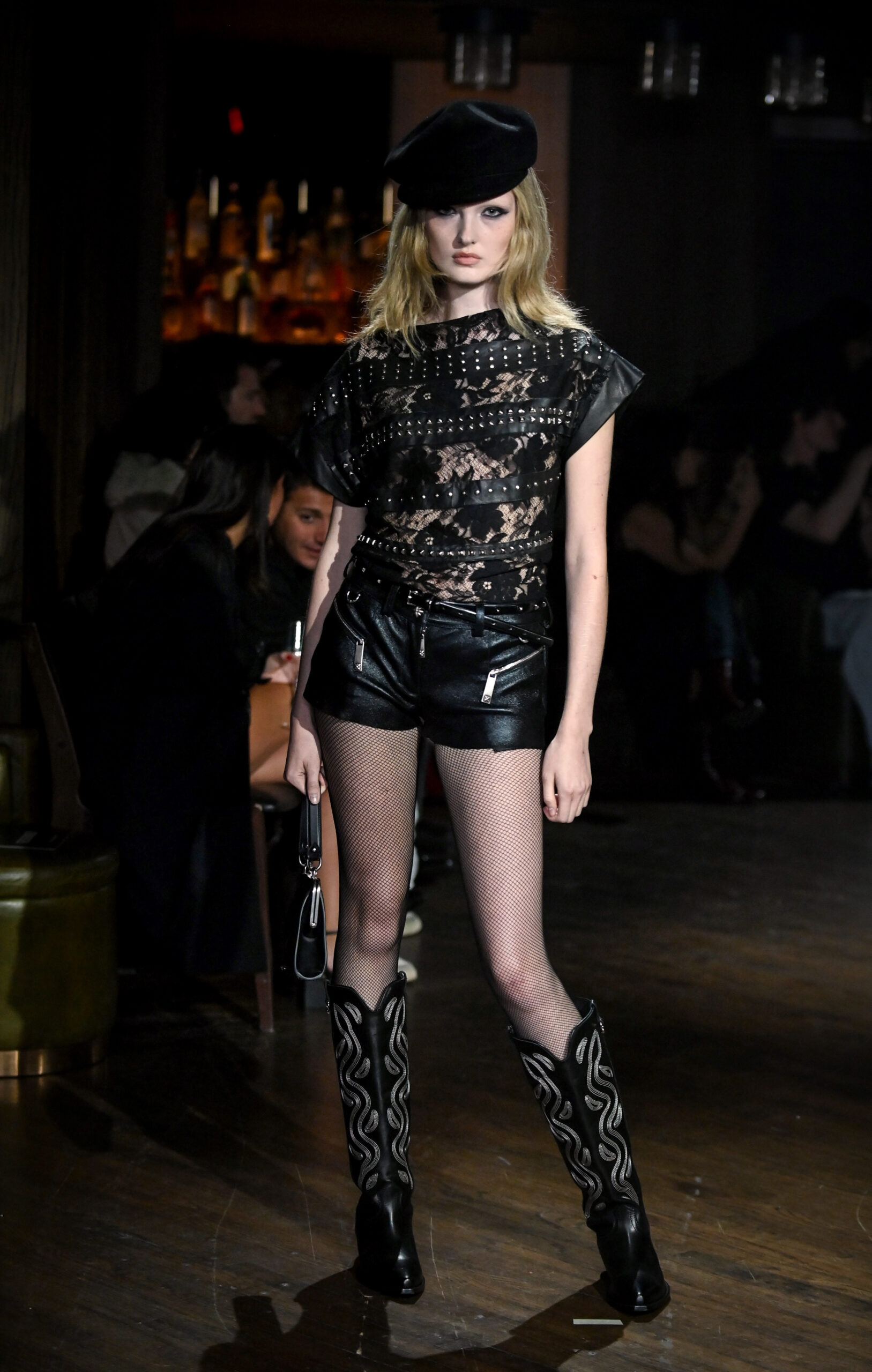
John Richmond SS26
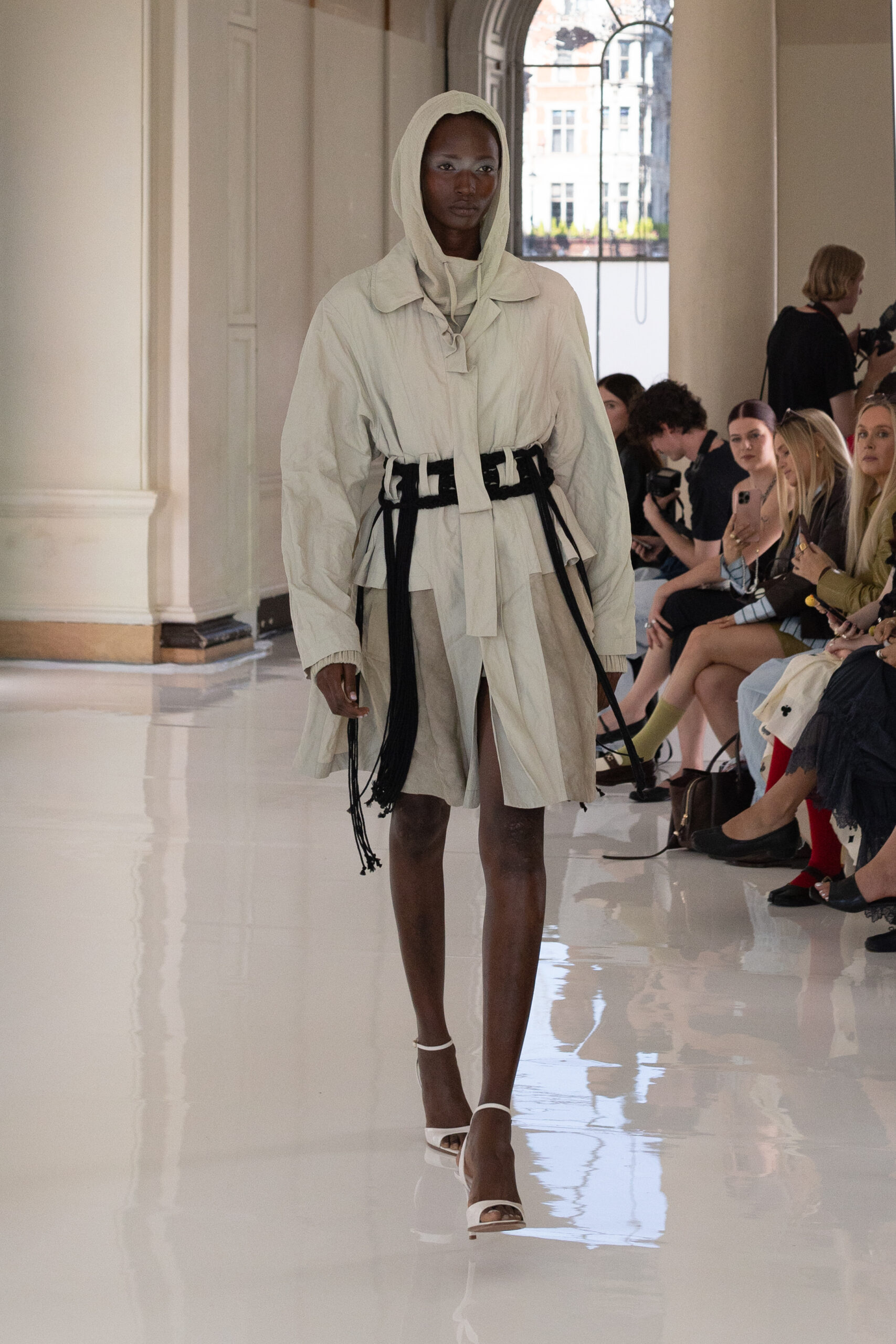
Noon by Noor SS26
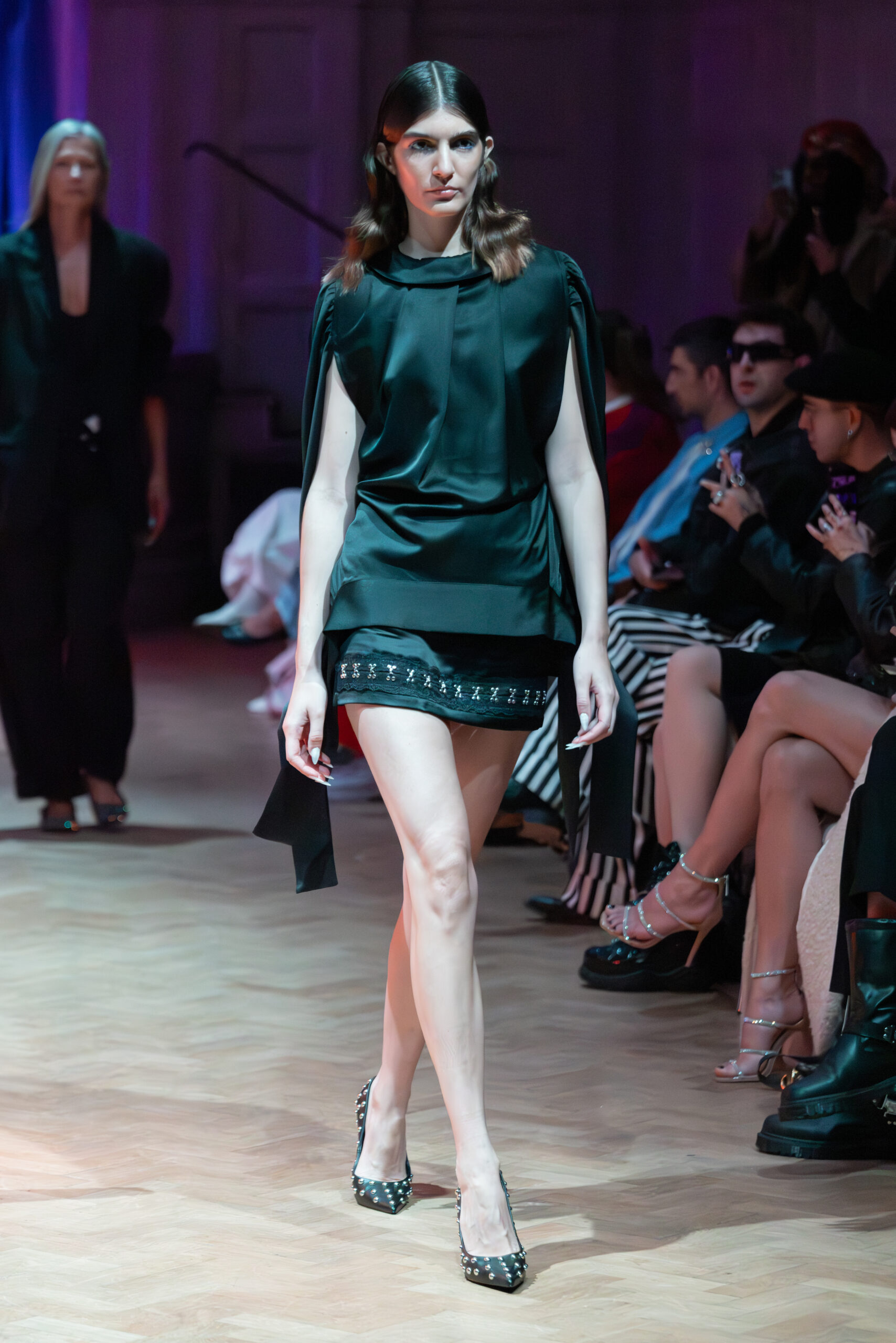
Ray Chu SS26
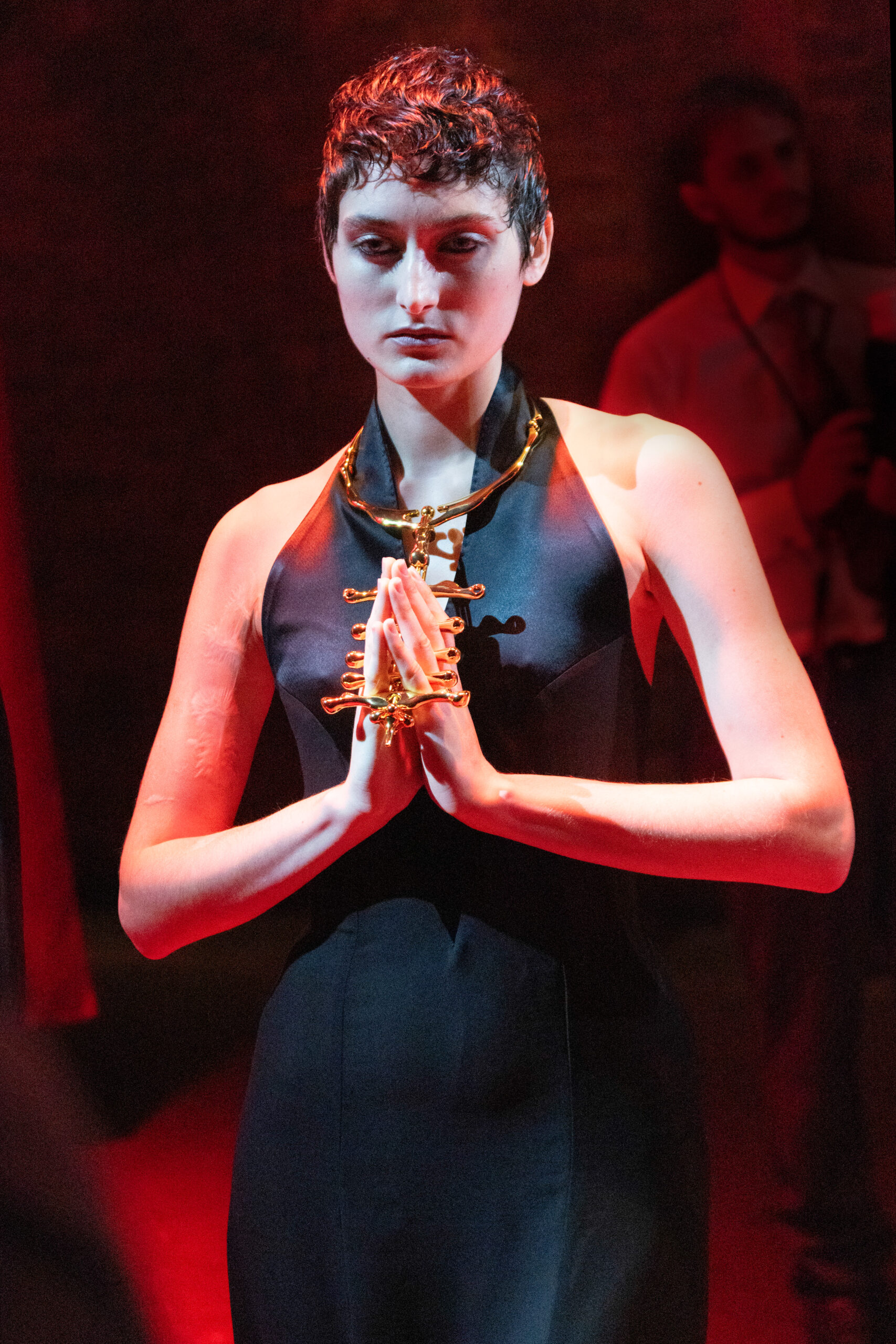
Jenn Lee SS26
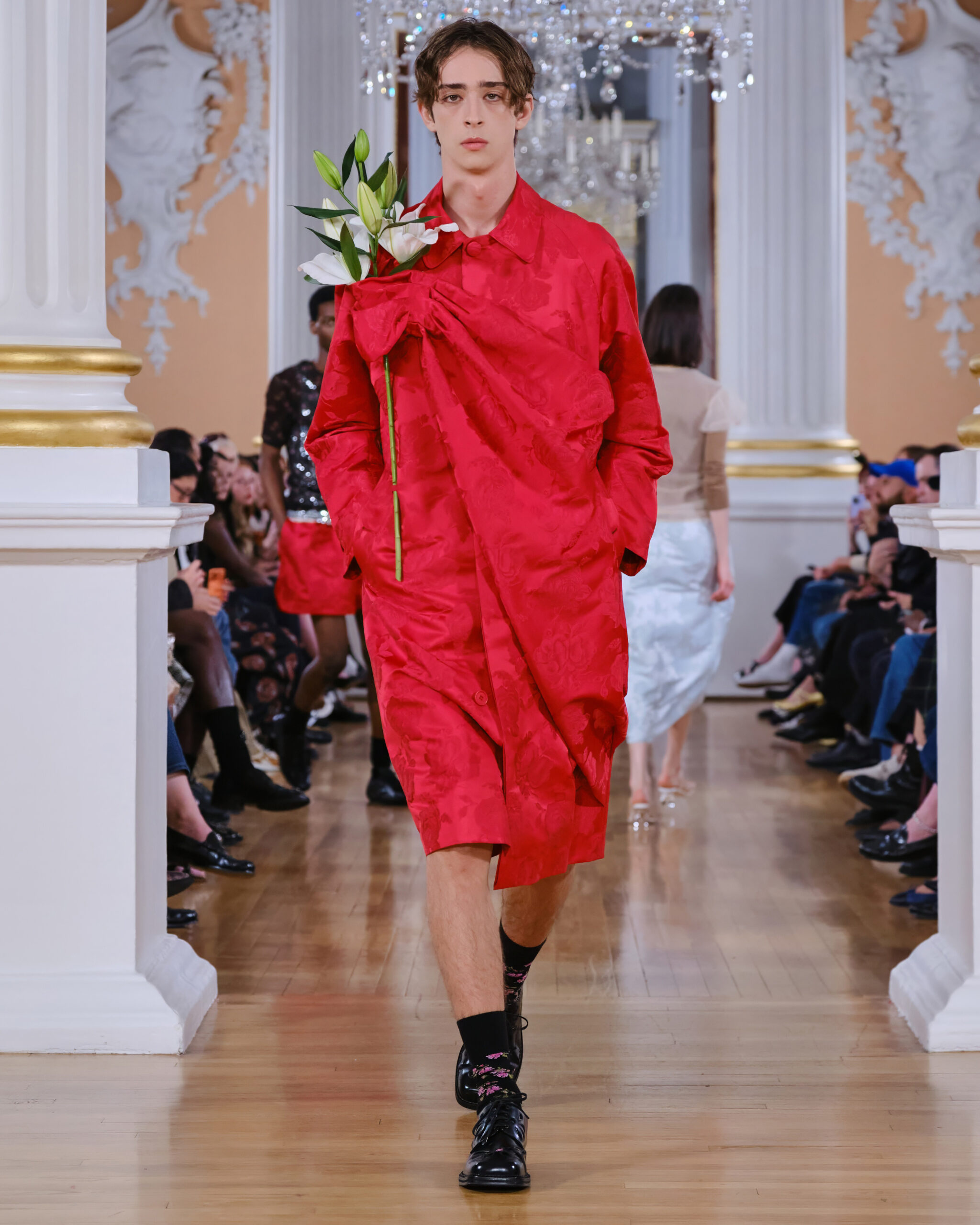
Simone Rocha SS25
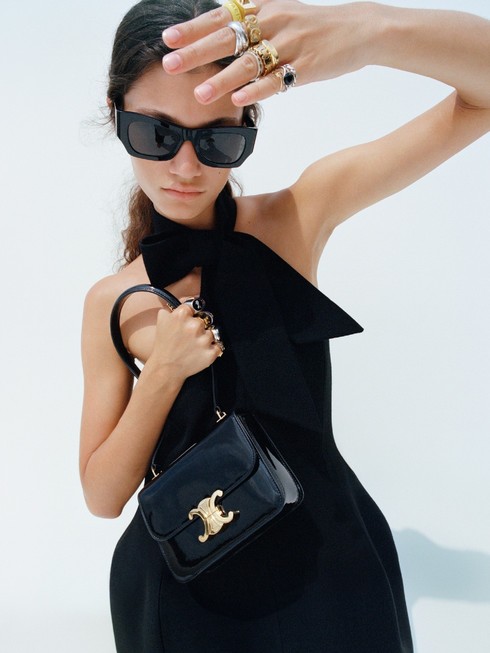
Michael Rider Marks His Arrival at Celine with Printemps 2026
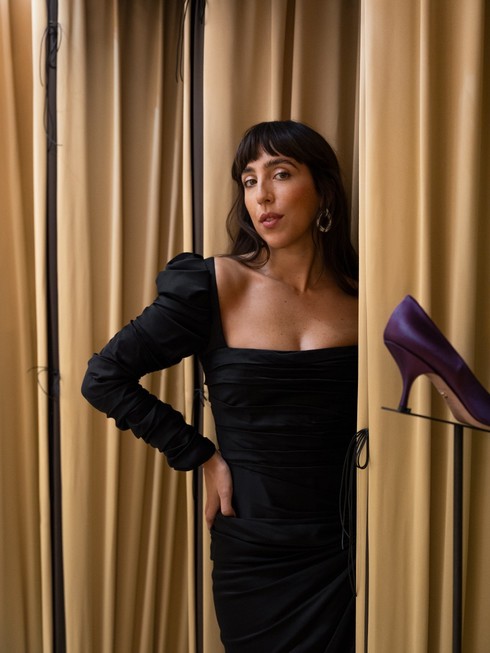
sania d’mina Debuts in Nordiska Kompaniet’s Iconic Ljusgården
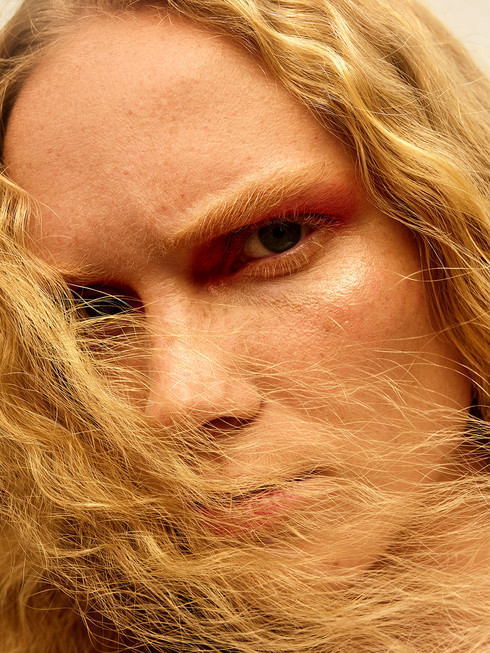
An Interview with Celeste Lee Arendse: The Interworkings of Her Craft
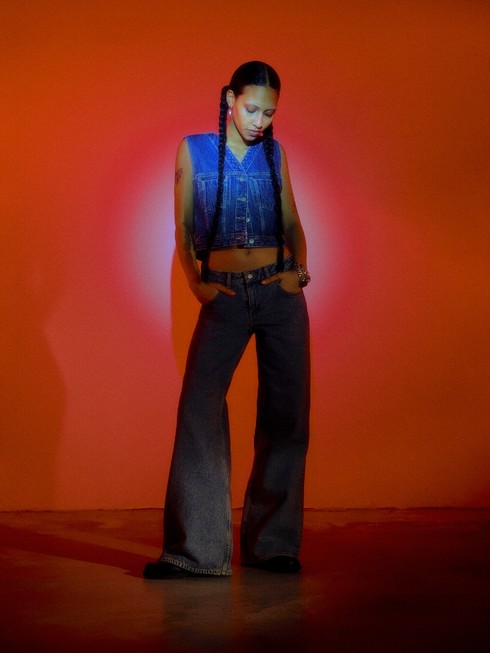
Evolving Times – Dr. Denim Autumn/Winter 2025
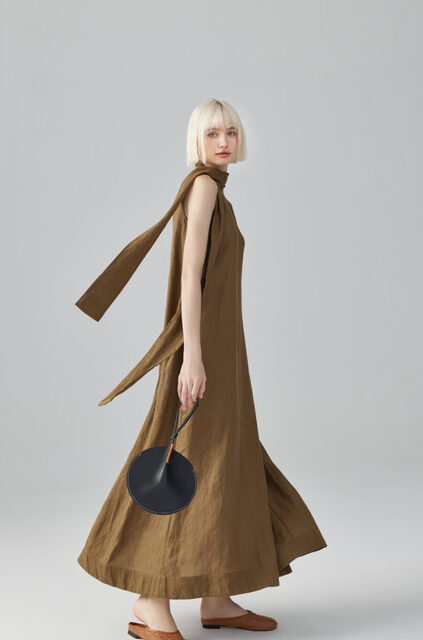
FLOSO: Designing a Future Rooted in the Past
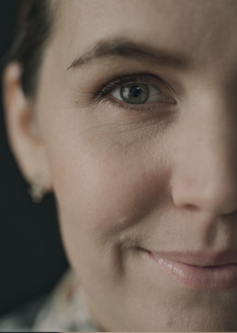
In the Weave of Creation: Four Designers on Fashion, Nature and Norrviken
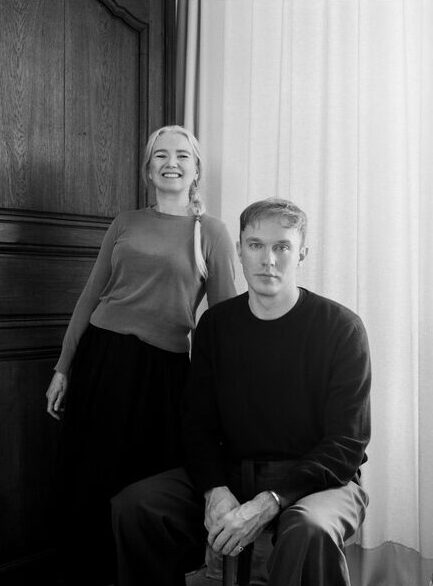
HEIGS: The Art of Understated Luxury
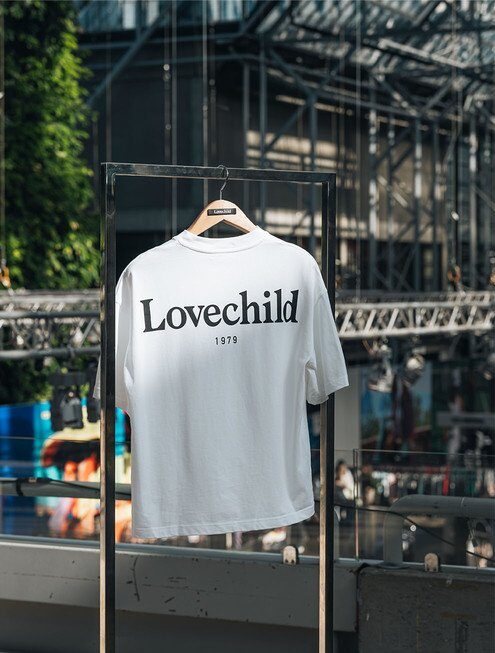
Lovechild 1979 SS26 Refined Iteration
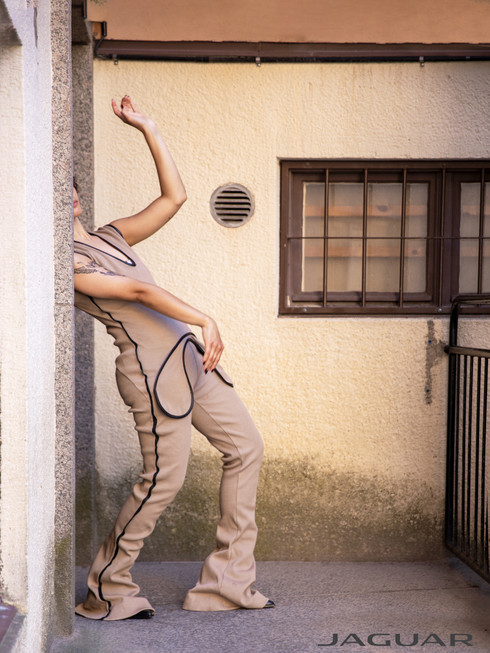
Between the Thread: A Conversation with Saveja Awzel
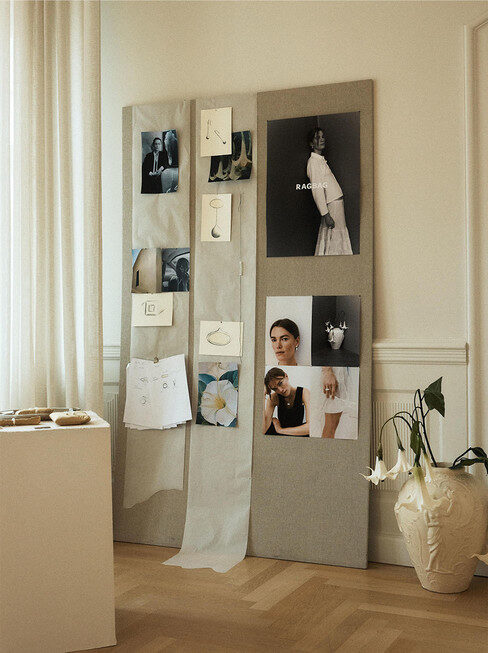
Ragbag SS26 Datura
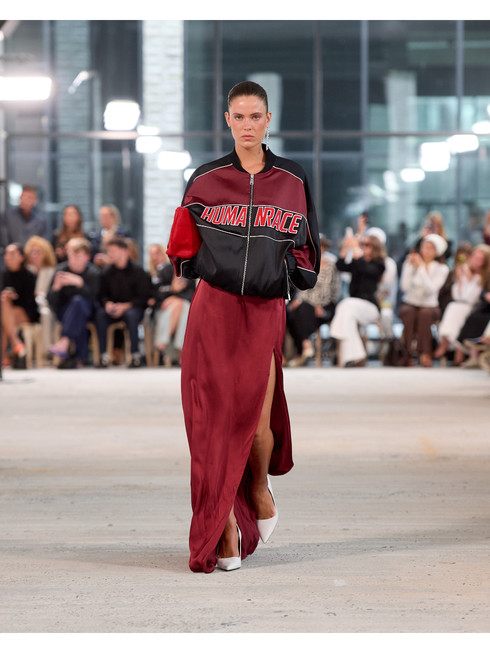
An interview with Gestuz on their SS26 collection
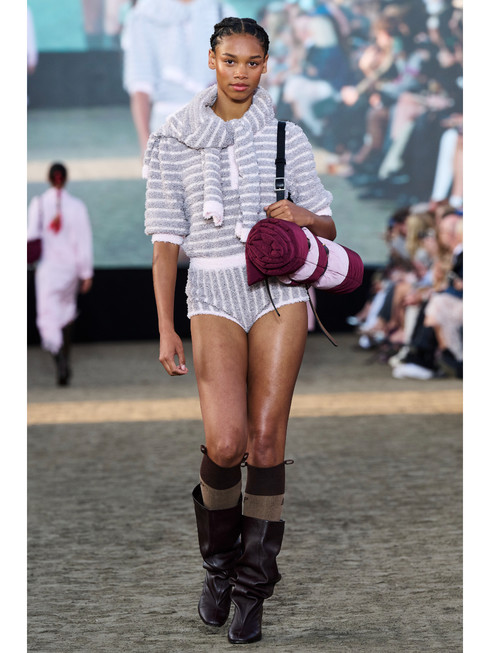
An interview with Baum und Pferdgarten on their SS26 collection
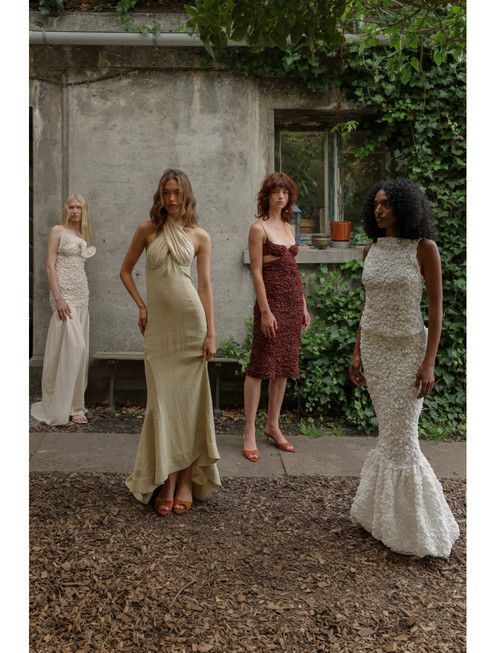
An interview with TG Botanical on their SS26 collection
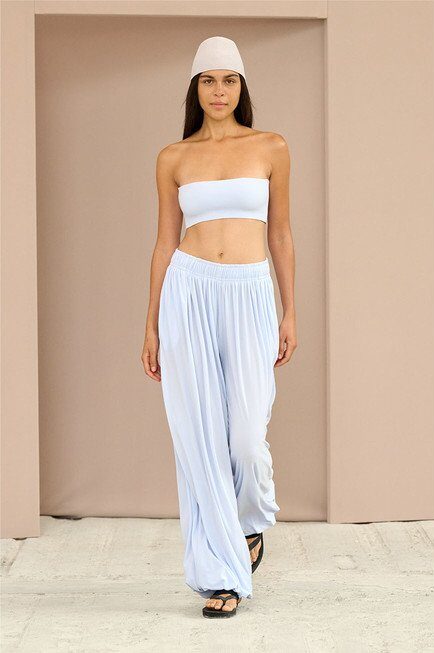
Birrot SS26 Runway
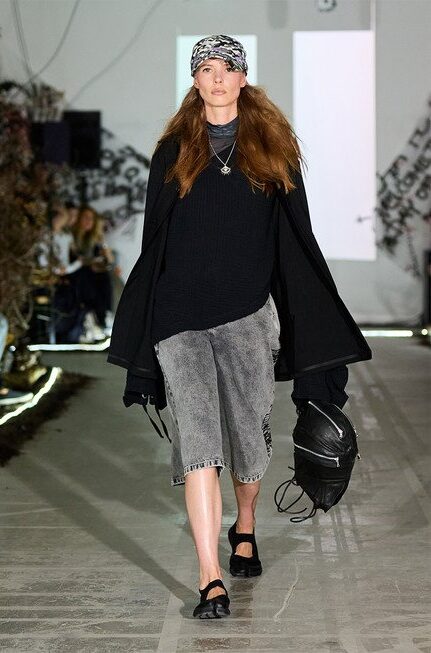
Fine Chaos SS26 Runway
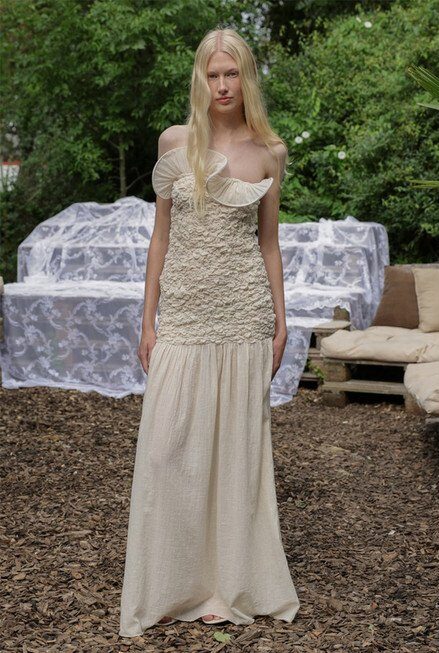
TG Botanical SS26 Runway
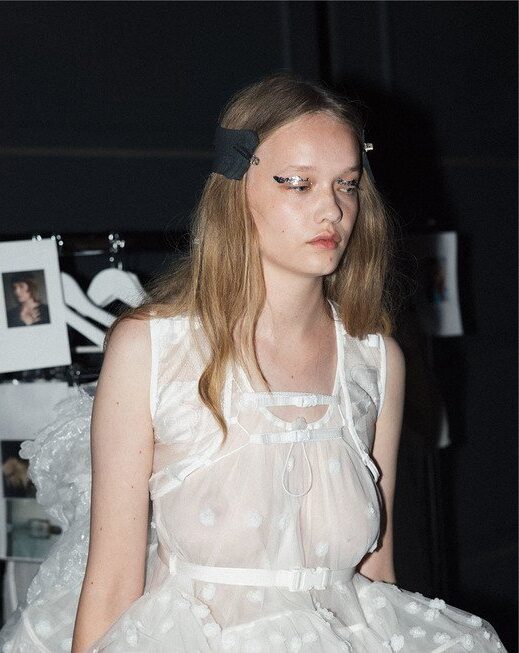
Backstage at Cecilie Bahnsen: 10 Year Anniversary Collection
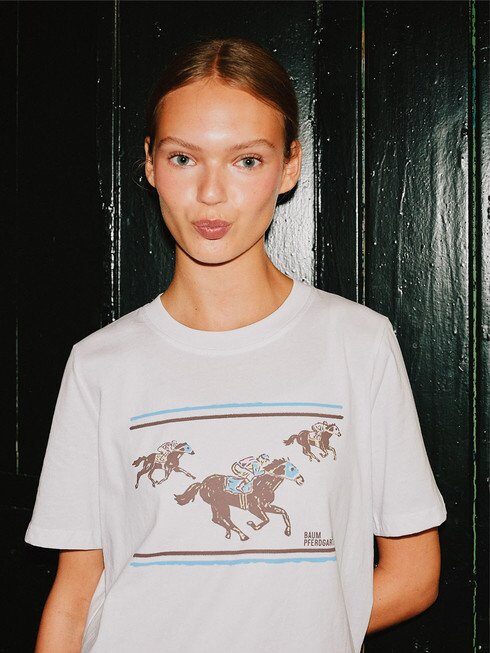
Backstage at Baum Und Pferdgarten SS26
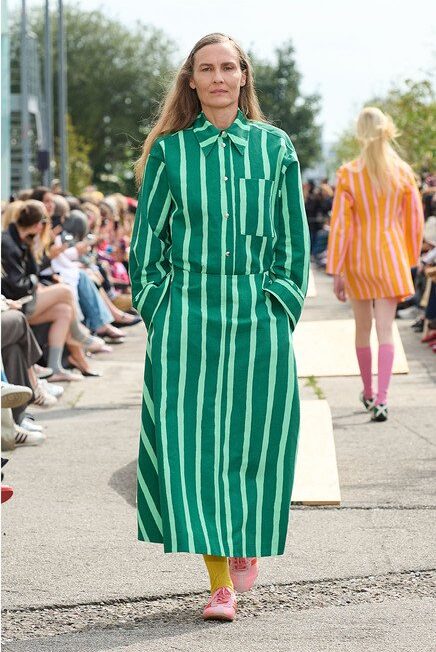
Marimekko SS26 Runway

Aiayu SS26 Runway
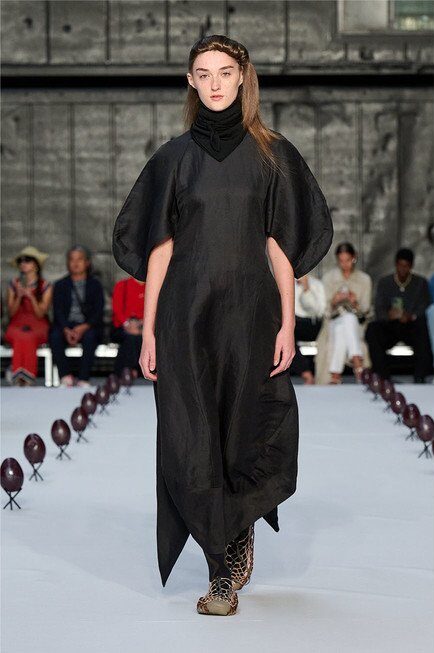
Henrik Vibskov SS26 Runway
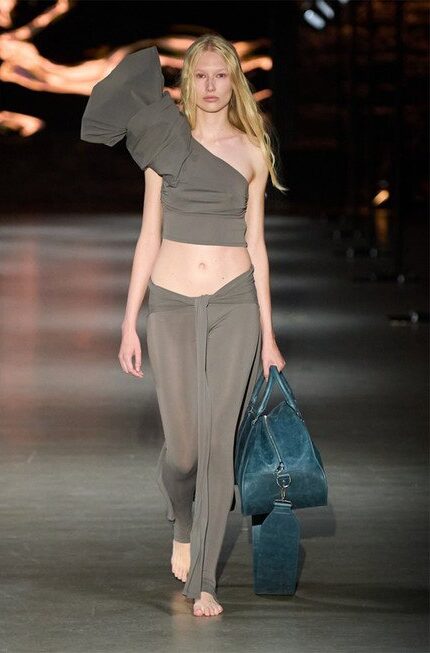
Deadwood SS26 Runway
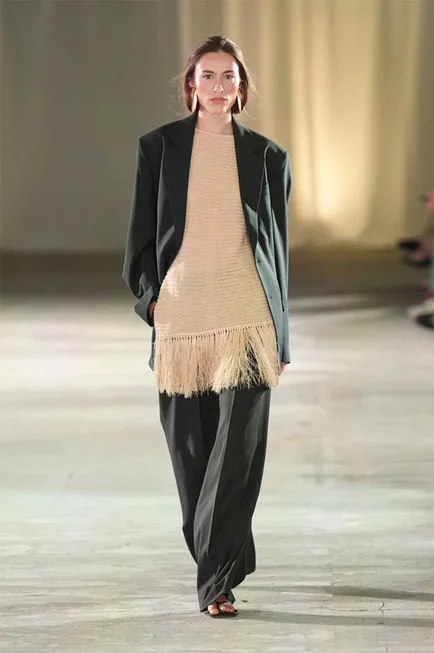
Cmmn Swdn SS26 Runway
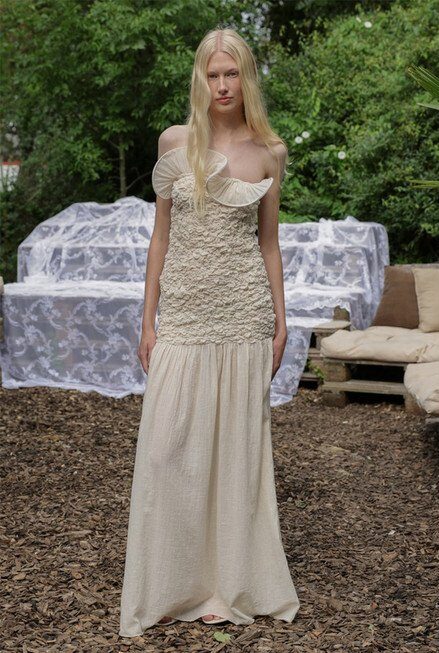
TG Botanical SS26 Runway
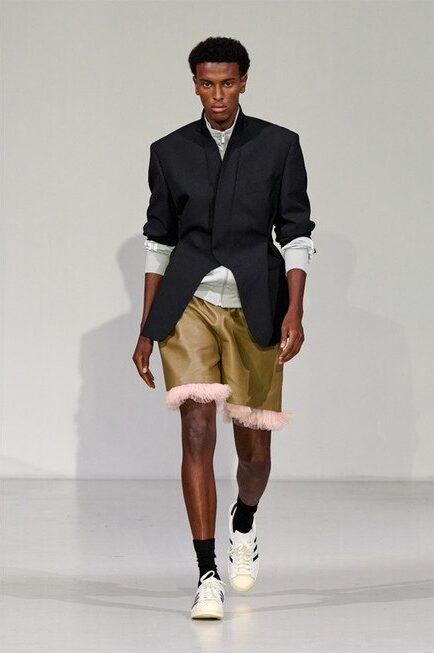
Nicklas Skovgaard SS26 Runway
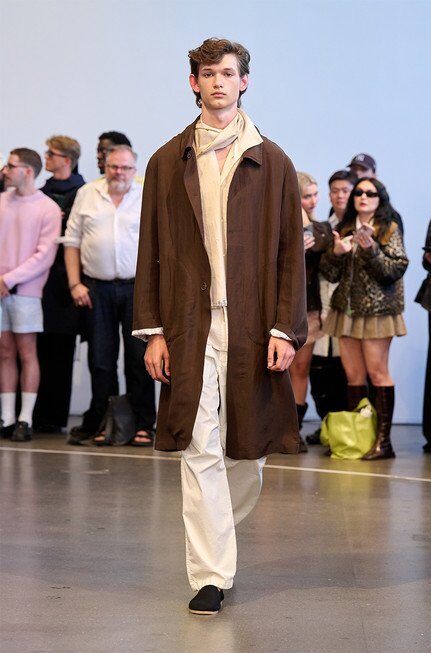
RANRA SS26 Runway
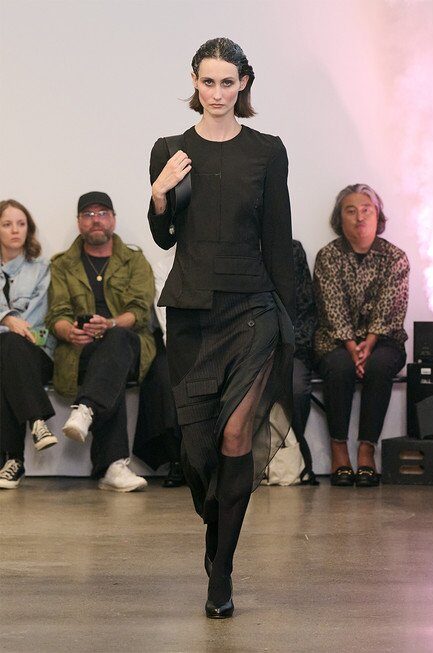
Bonnetje SS26 Runway
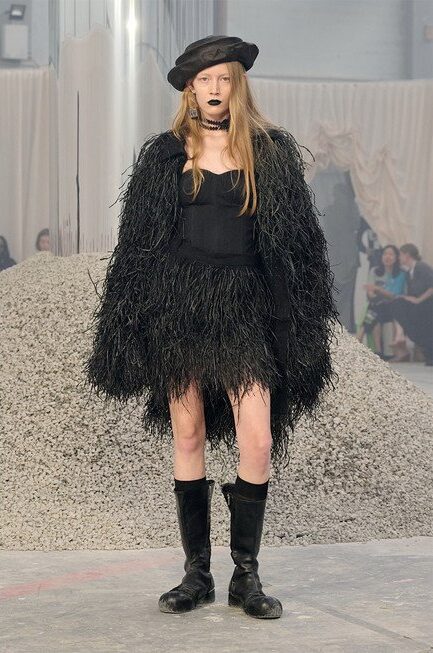
Iamisigo SS26 Runway
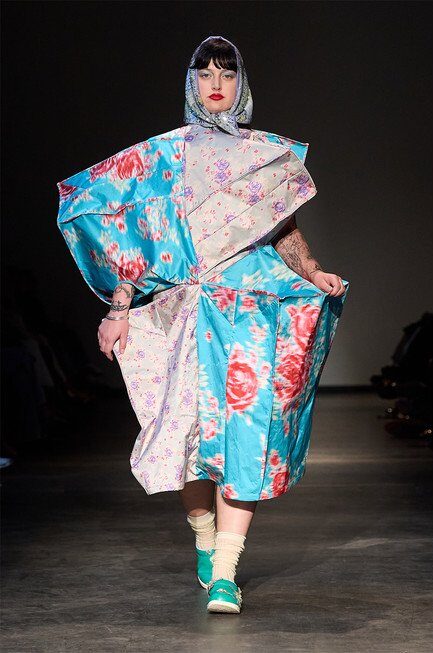
Royal Danish Academy
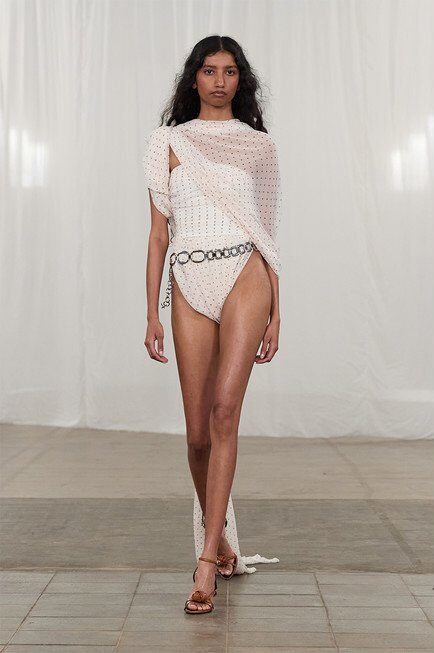
Rotate SS26 Runway
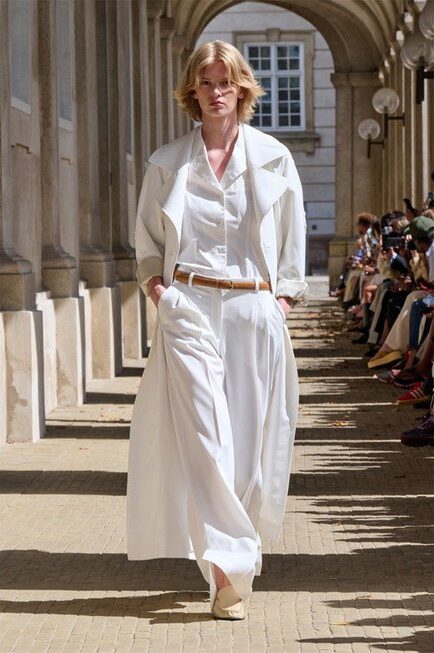
The Garment SS26 Runway
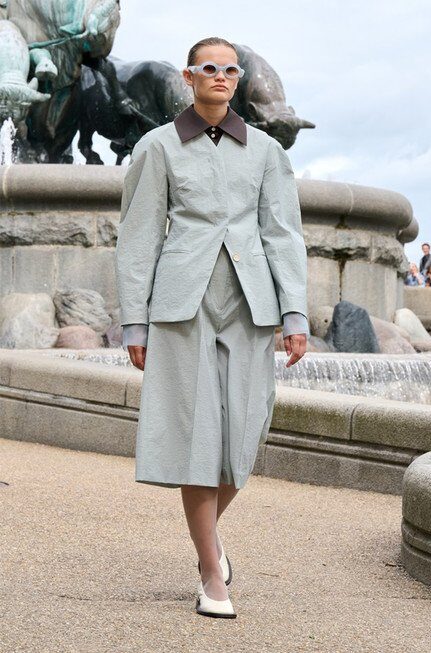
MKDT Studio SS26 Runway
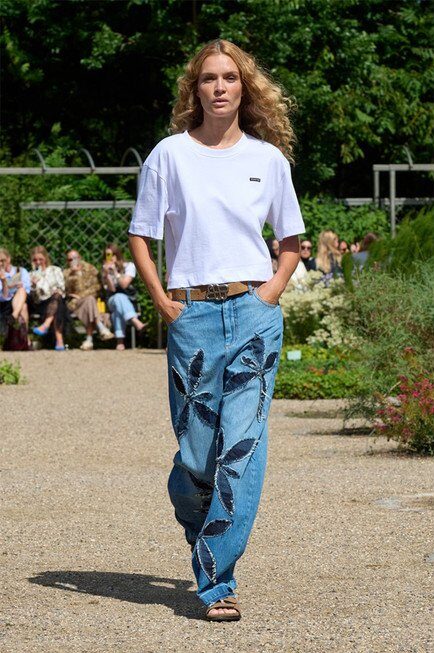
Munthe SS26 Runway
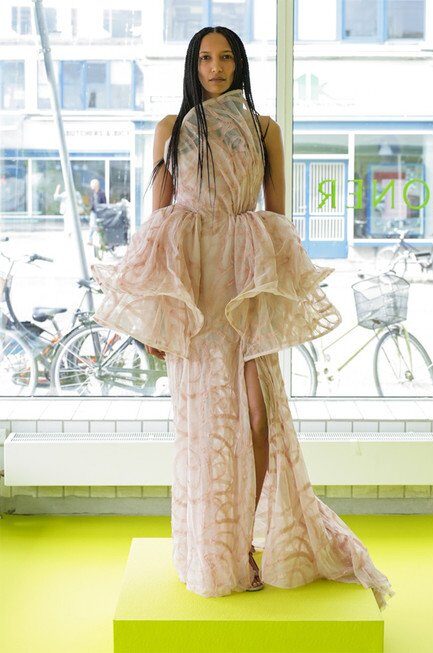
Rabens Saloner SS26 Runway
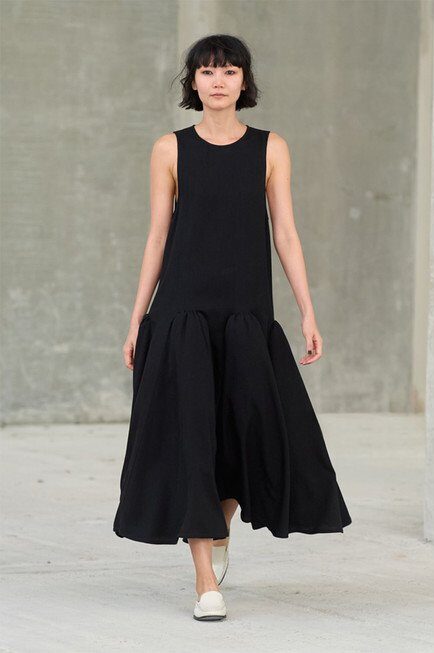
Herskind SS26 Runway
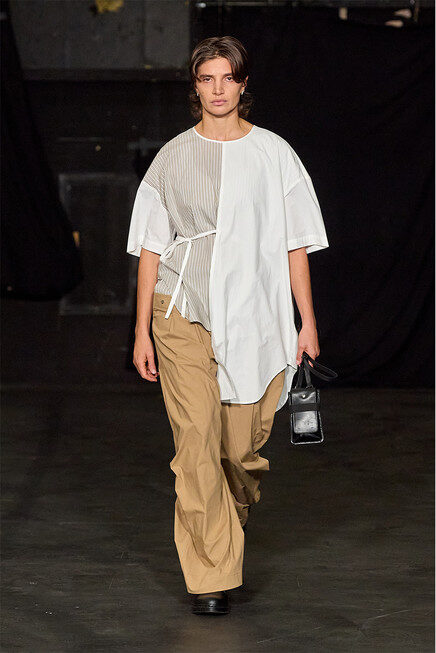
Stel SS26 Runway
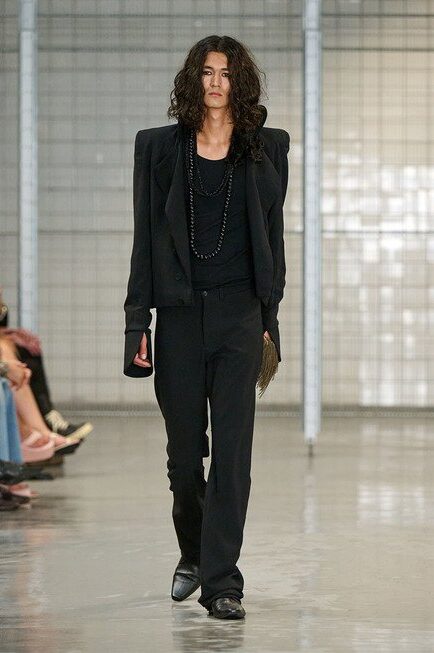
P.L.N SS26 Runway
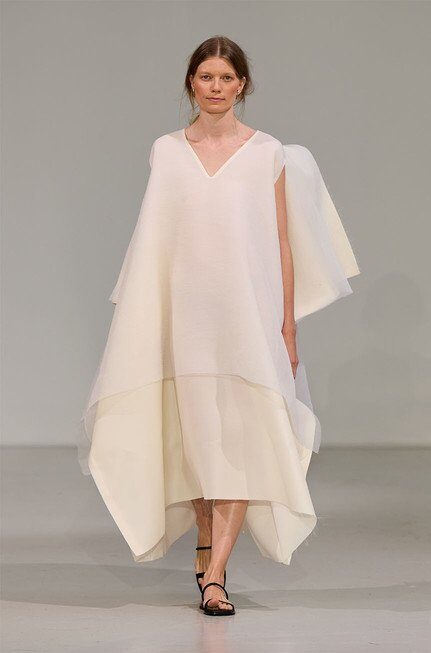
Freya Dalsjø SS26 Runway
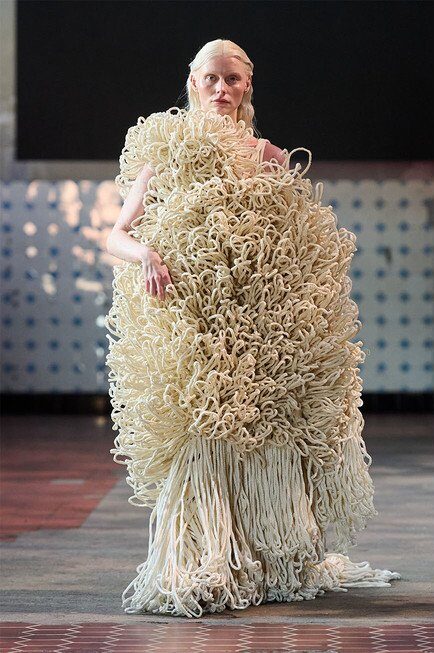
Swedish School of Textiles SS26 Runway
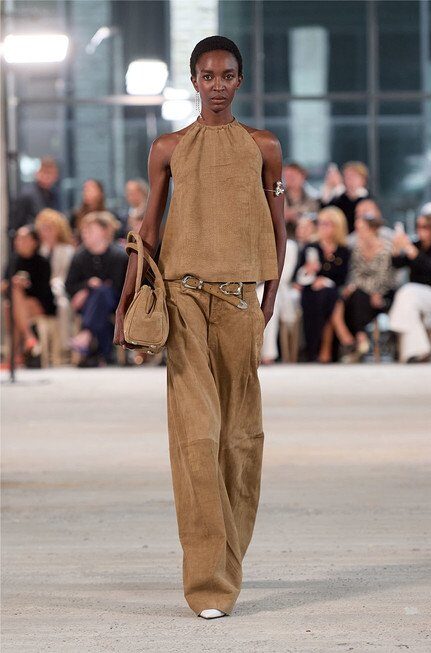
Gestuz SS26 Runway
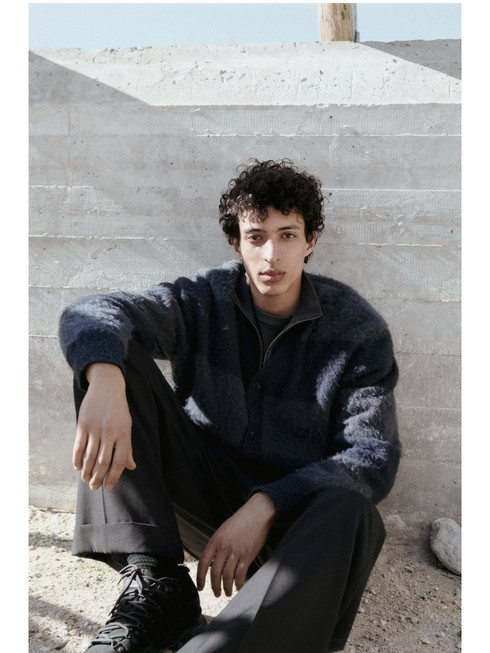
WOOD WOOD AW25: Reimagining Earth, One Thread at a Time
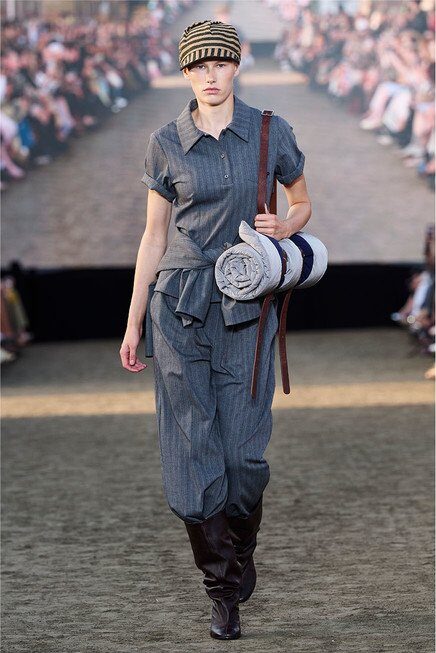
Forza Collective SS26
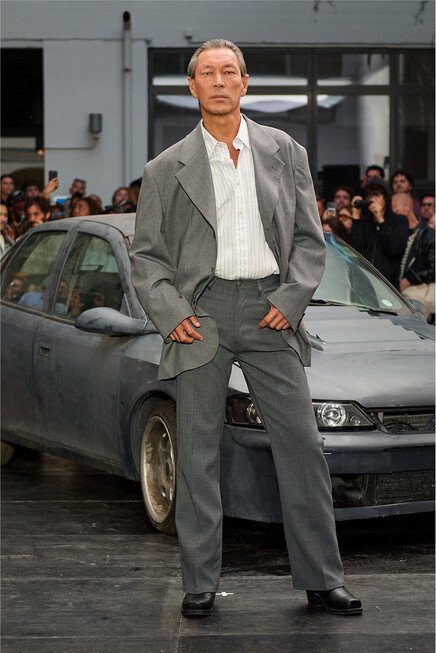
Sunflower SS26
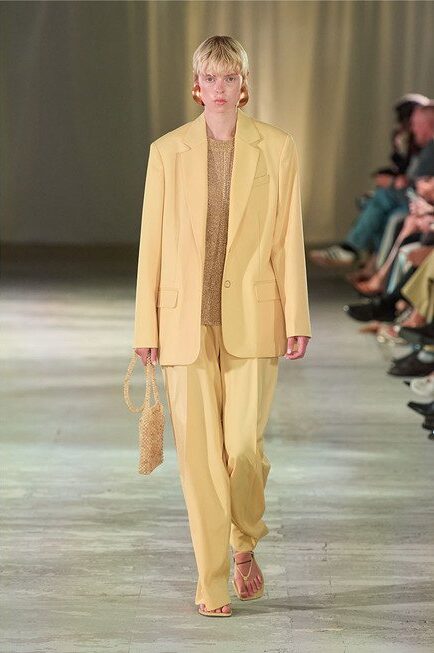
CMMN SWDN SS26 Runway
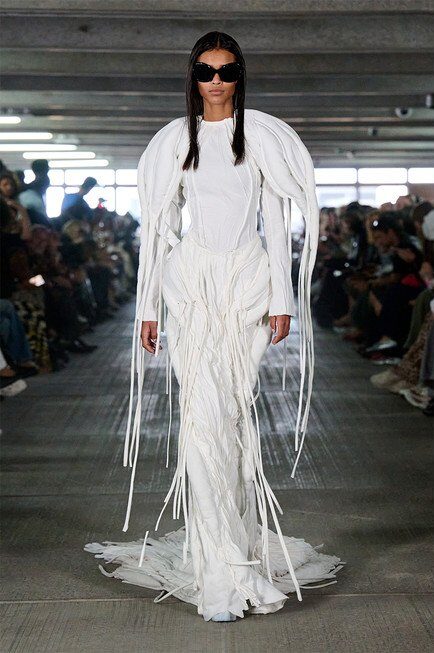
Han Kjøbenhavn SS26 Runway
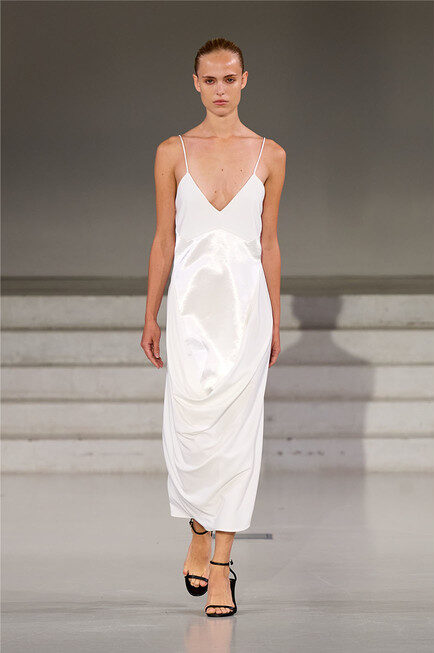
Forza Collective SS26
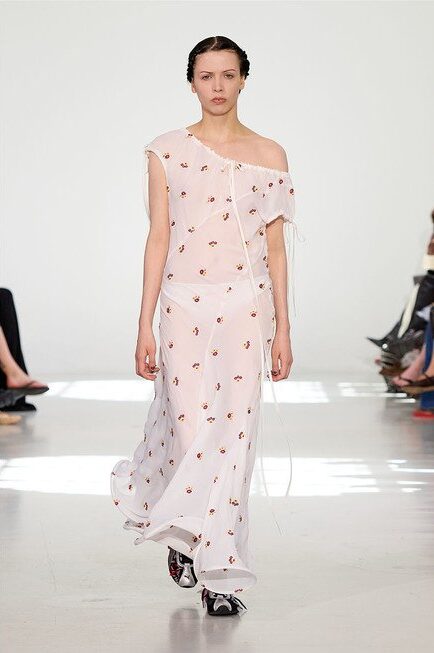
RAVE RVW SS26 Runway Show
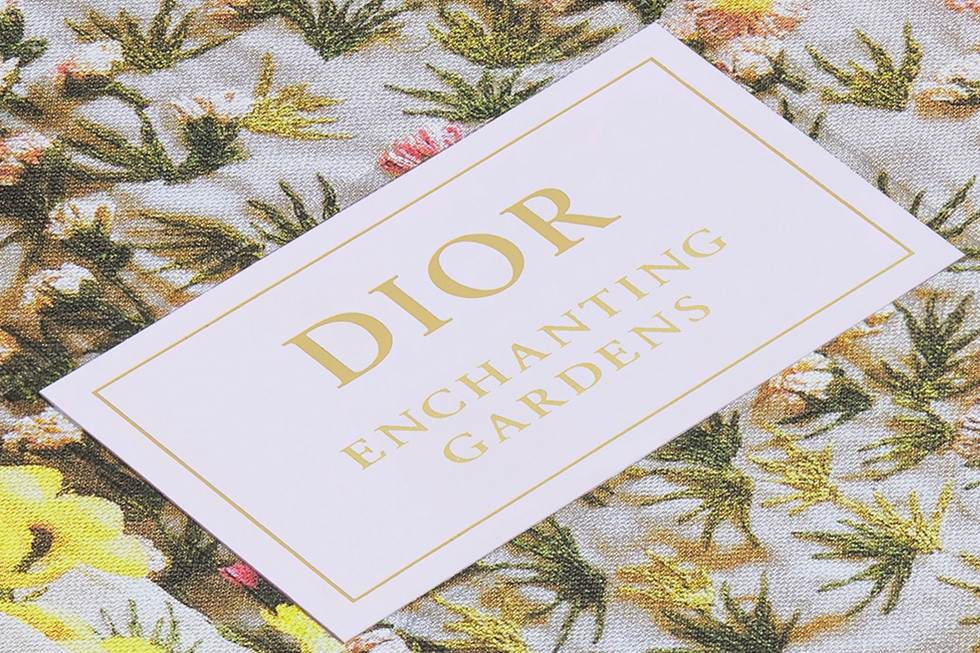
title here
